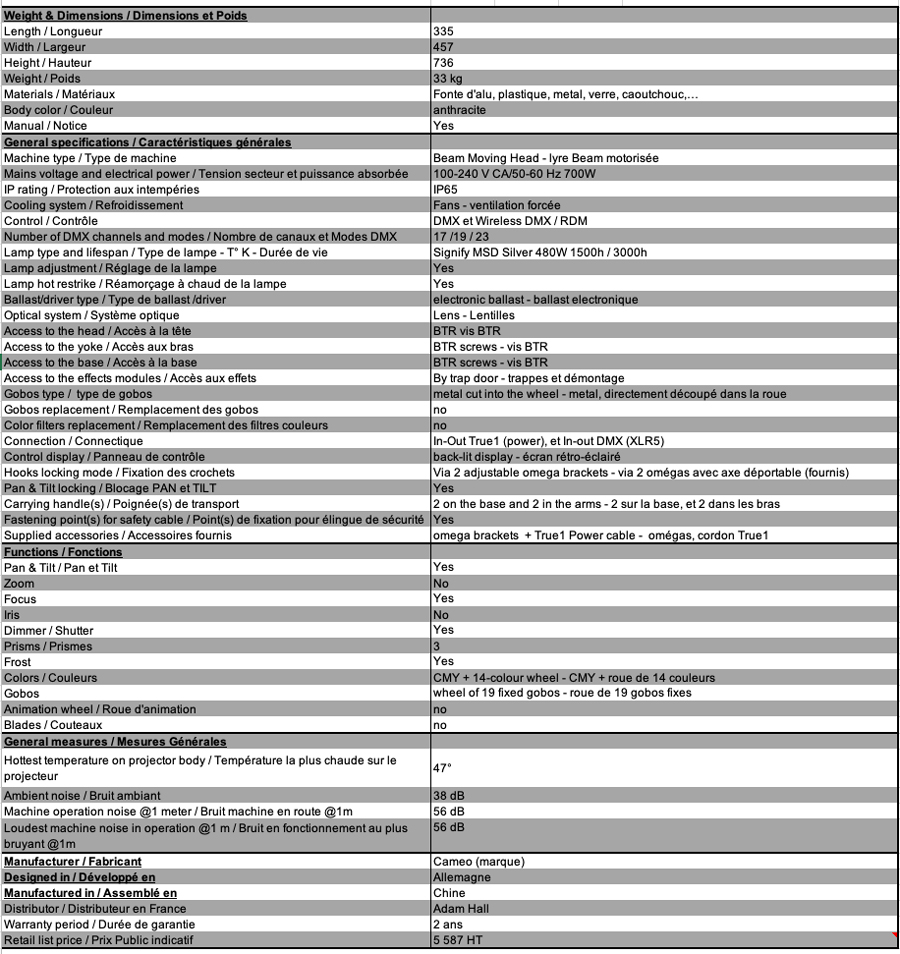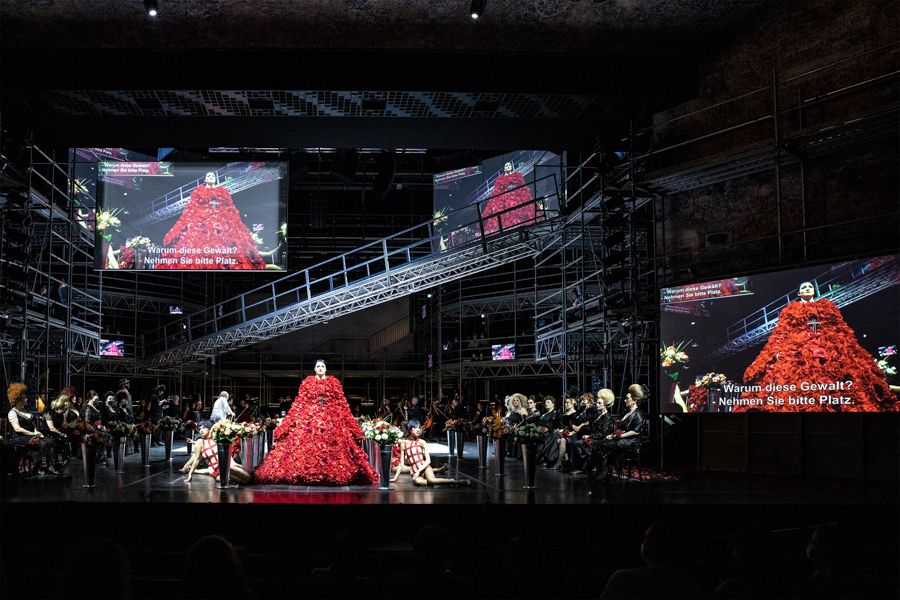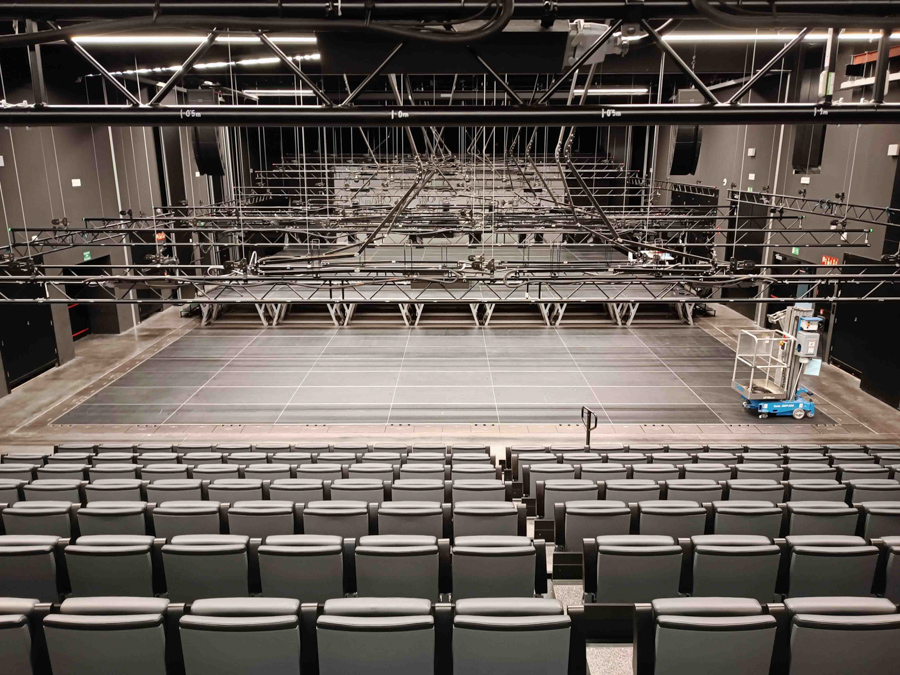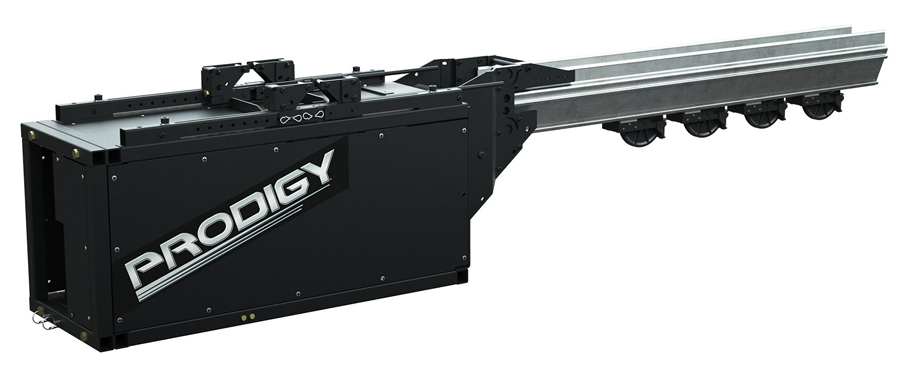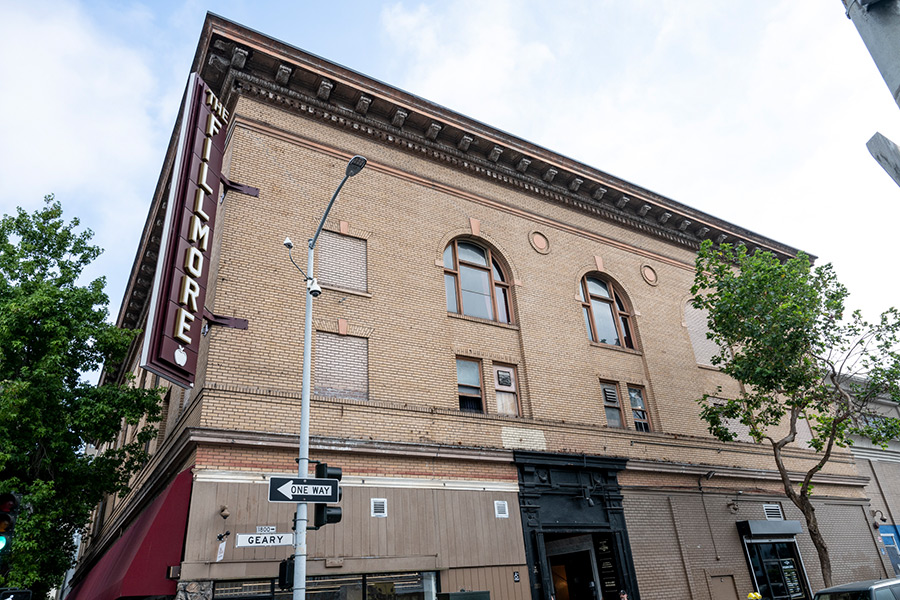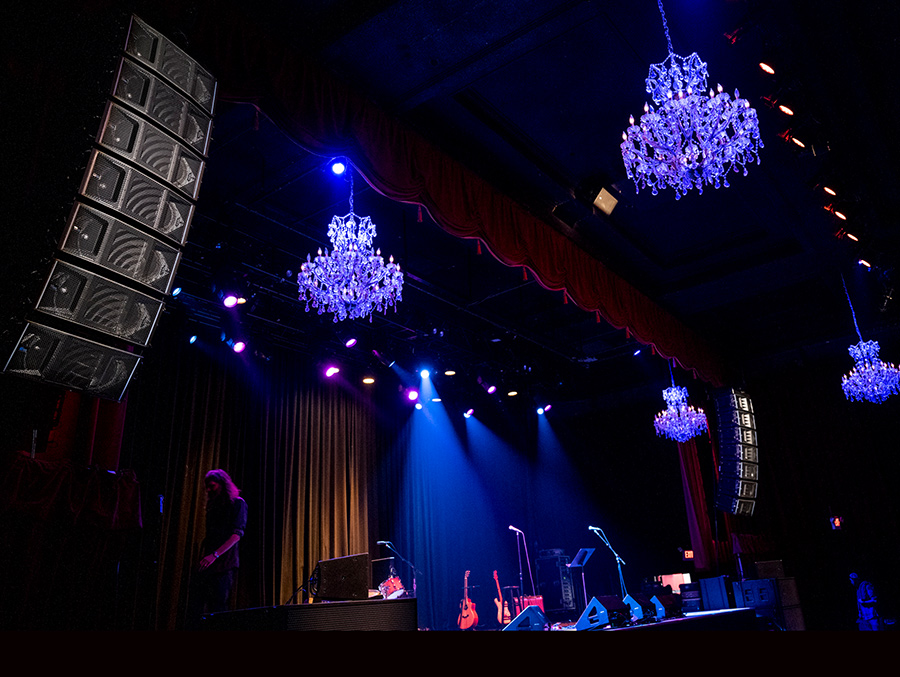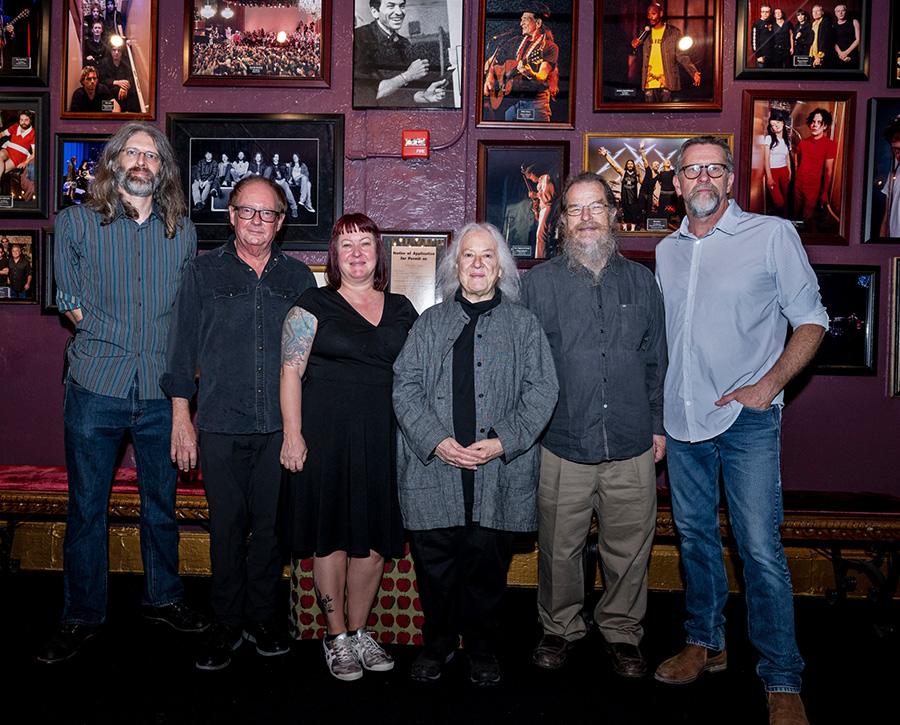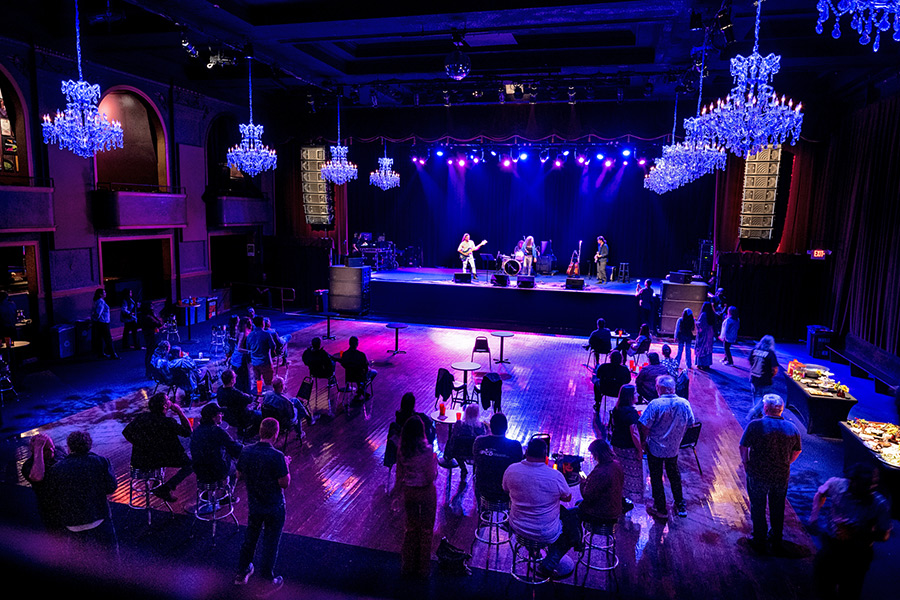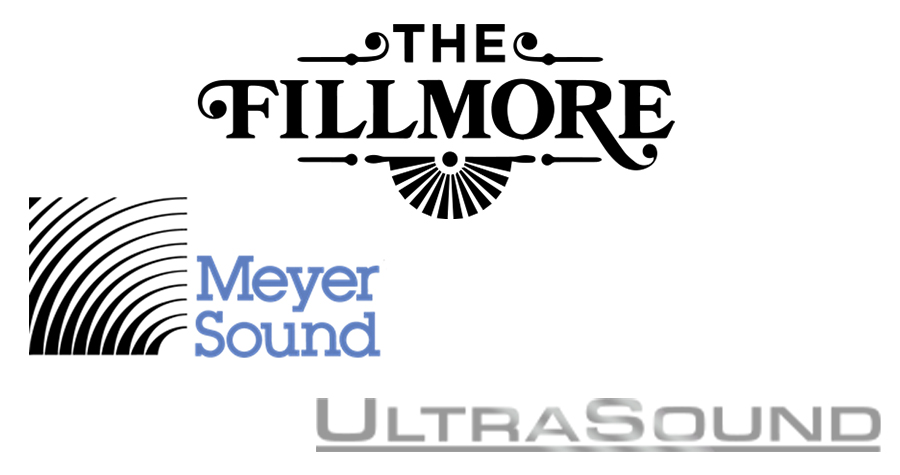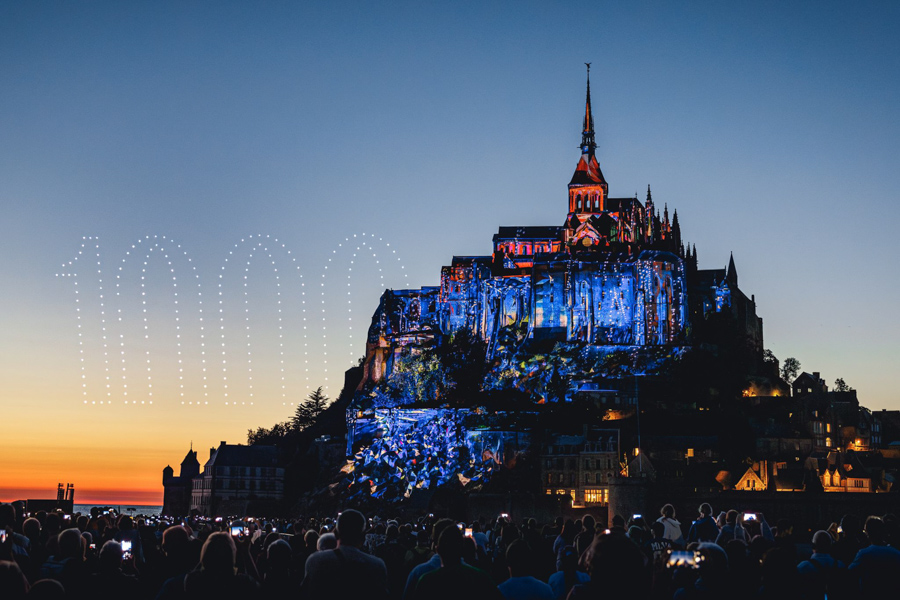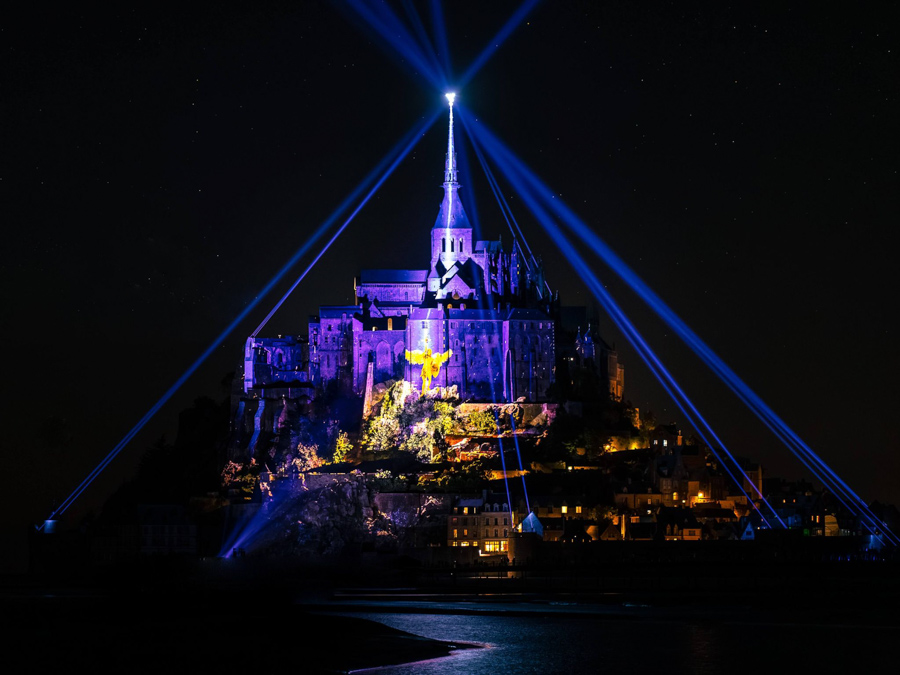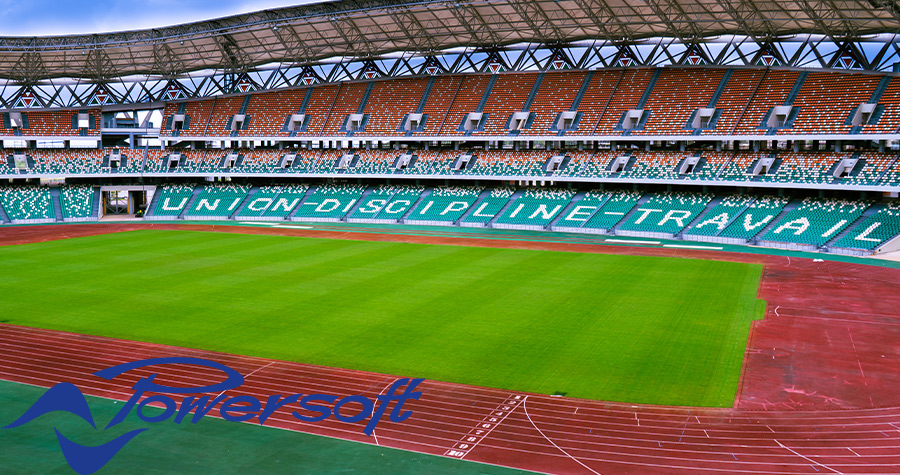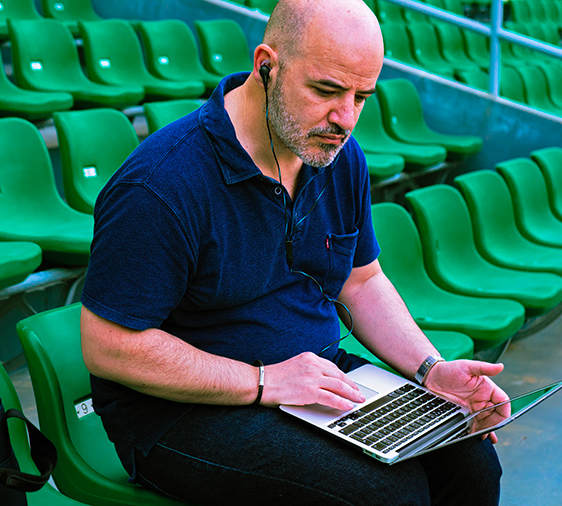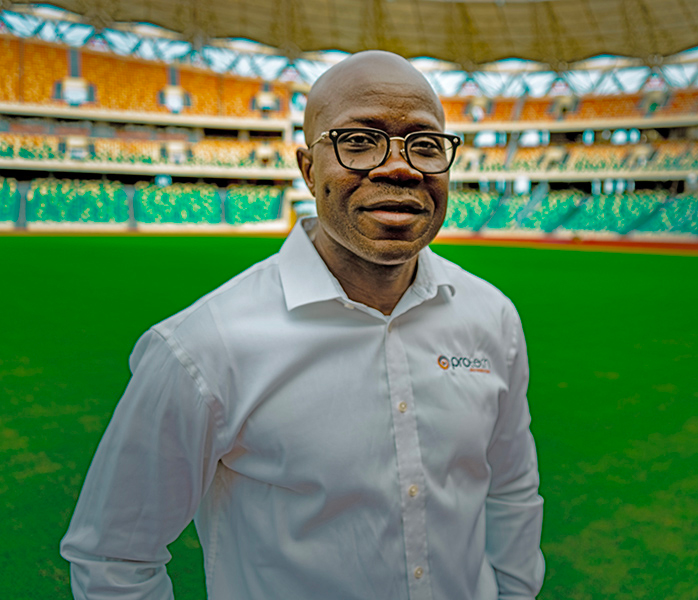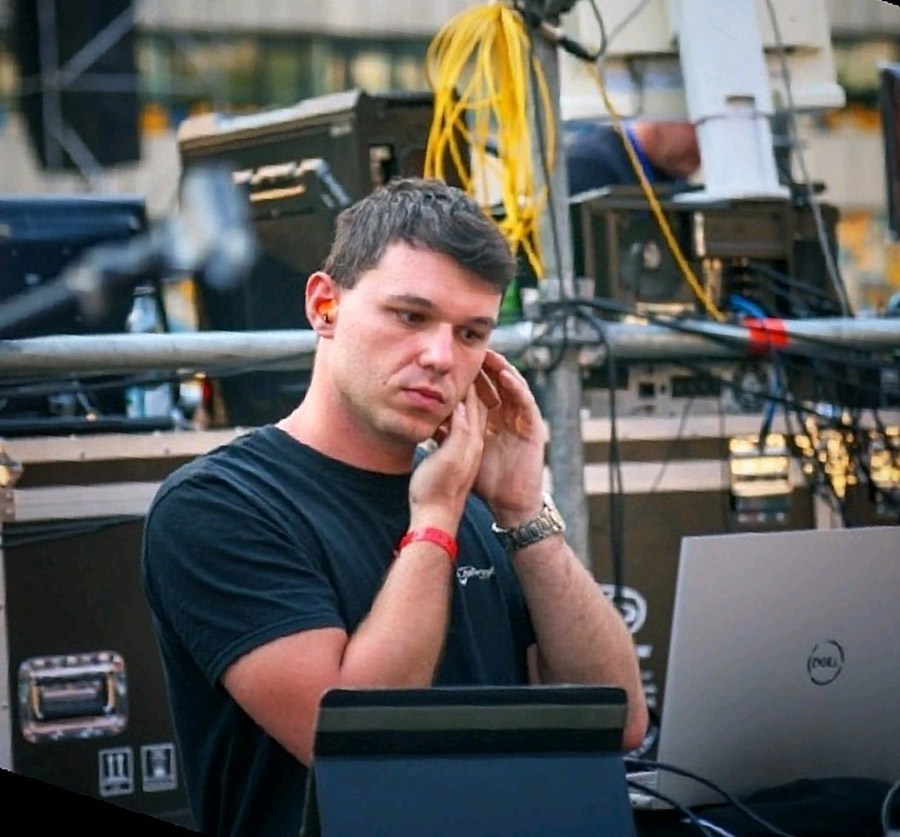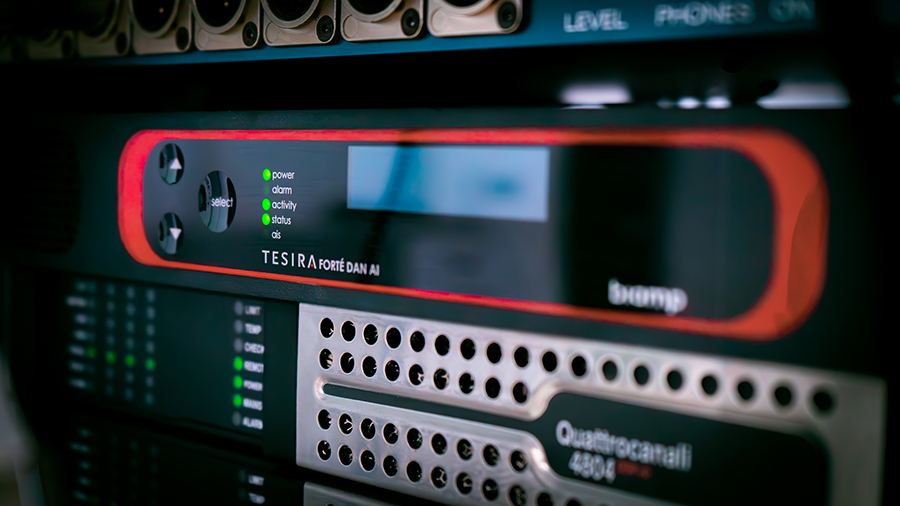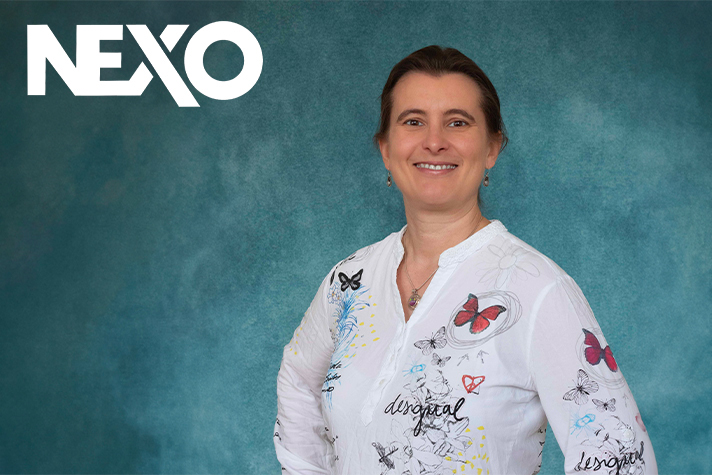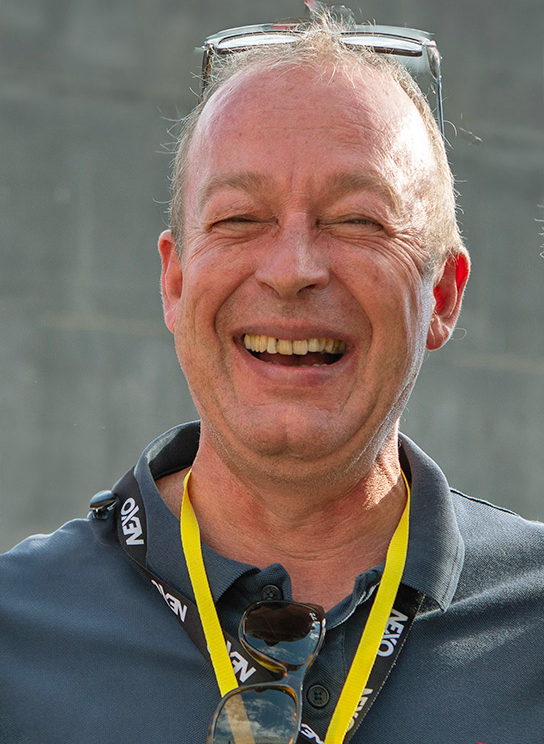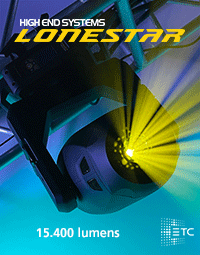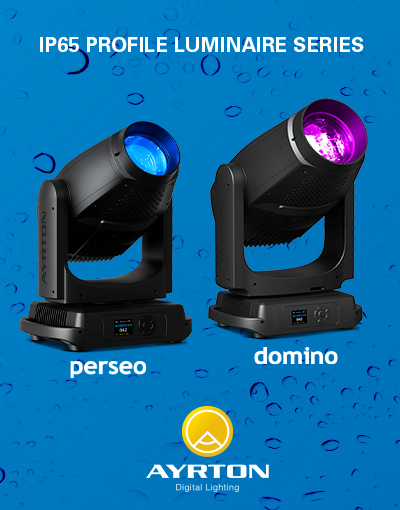“The Mega-Monsters Tour” is a block-busting Spring and Summer co-headliner that is blistering across North America with Grammy Award-winning heavy rockers Mastodon joining forces with French heavy metal phenom, Gojira, for a mind-blowing double bill that enthralls rock and metal music fans everywhere!
The tour also unleashes the talents of two equally creative and distinctive lighting designers Eric Price (Mastodon) and Pete Cary of Summit Production Design (Gojira), who share an overhead rig of primarily Robe moving lights specified by both, to which they added some individual floor elements and SFX.
Gojira’s set features a single circular riser with extensive video elements while Mastodon has two risers and lots of lasers. Apart from that, around 95% of the lighting is shared and a tribute to the massive versatility offered used to produce two totally contrasting yet equally as exhilarating hi-energy light shows.
Lighting equipment was supplied by Jason Reberski at Chicago based rental specialist JRLX with the Fortes a recent investment by the rental house that both LDs were delighted to add to their respective imaginative toolboxes.
Thirty-two Robe Fortes featured on the second leg of the tour boosted by 10 more fixtures from the first leg!
Forte is currently Robe’s highest-powered Led Profile and these were supplied together with 30 x MegaPointes, 38 x Spiider wash beams and some other lights.
The final choice of fixtures was ultimately a 5-way collaboration between the two LDs and the relevant artist production, tour, and stage managers, but Eric reveals that once he and Pete had nailed the production truss and video design, they both unanimously agreed that they wanted Robe moving lights.
Eric and Pete had not worked together before this, but they thoroughly enjoyed the experience having known one another and mixed in the same circles for some time. The two bands share the same management company, so a great relationship already existed between the two teams.
While they essentially designed the rig together, the base elements were initially Pete’s ideas. “It evolved extremely quickly,” explained Eric who was on the road when it was confirmed, so Pete presented the first design, “which was brilliant for both artists, so we went with that.”
Twelve Fortes were now on the front truss for the second leg, with eight more on two upstage side hangs of truss. When Jason had first offered Fortes, they jumped at the opportunity!
It was the first time Eric had used these on the road after seeing them at a recent Robe event. “They are amazing lights,” he stated, “A very powerful output, especially in dark colors,” and he noted that even with the Led, video and lasers going full tilt, the Fortes push through. The extra 12 Fortes joining the tour for the second leg are rigged on a run of GP truss upstage on the floor that also has strobes and blinders.
The large upstage block of Led screen is flanked by two left and right columns of Led. All the band risers Mastodon’s two and Gojira’s single circular one are bordered with video, and Led panels are attached to the fronts of all 8 over-stage finger trusses that are arranged in a chevron shape.
The MegaPointes and Spiiders are alternated along these finger trusses
Eric and Pete wanted MegaPointes for their sheer scope and ability to change the dynamics of the space, and enabling both to differentiate their shows by looks and programming styles. For Eric, MegaPointes are his ‘fun fixtures’.
Another couple of Spiiders are positioned on the downstage corners of the deck, a great position for interesting side light. “Both of us have used MegaPointes and Spiiders for many years,” stated Pete who has worked with Gojira for 7 years, trusted with complete creative freedom on the stage design and lighting programming. He mentions that he also used MegaPointes and Spiiders on his very first Gojira tour.
However, like Eric, Fortes were a new experience! “They are the Best spots I have used to date,” he declared. He was also blown away with the intensity, richness, and potency of the Fortes. While he tends not to use blues and reds so much in his shows for the band, with the Fortes he found he could as they didn’t get lost in the mix.
Pete maintained that MegaPointes are still “by far the best” beam light on the market in his opinion, and he loves their punch and flexibility.
Spiiders are another favorite. He appreciates the quality of the light output, the texture and depth of the wash, the color mixing and the “excellent” zoom which can also transform the unity into a nice tight, clean beam, “On top of that, there’s the flower effect and the individual pixels. It’s a physically small fixture in appearance but with a Huge potential and output!”
Pete loves Gojira’s music which he describes as “very technical in terms of informing much of what I do with the lighting” and adds that it’s a dream for any LD to work for an artist that they enjoy listening to so much. He also lights a lot of E-sports events which are equally as intense and fast paced.
Eric commented that the co-design concept worked “very smoothly” but the challenge came with it being a sizable system – suspended on 64 points, an operation overseen by rigger Mike Queally and lighting crew chief Parker Shore.
Not over-using the fixtures was another goal for both. “We really needed all these Robe luminaires to give us both enough latitude to deliver for our artists,” confirmed Eric.
On the road, the running order is alternated each night in true flip-flop style, with a few obvious scheduling exceptions, like Mastodon closing at their hometown Atlanta, and Gojira playing last in Montreal.
Much initial discussion was on how changeovers could work flawlessly, so a lot of attention was paid to details and making the rig functional without sacrificing any of the entertainment value or spectacle that fans enjoyed as both bands play their respective 1-hour and 20-minute sets.
On tour, Pete operates with a grandMA3 and a custom Resolume set up for video, while Eric uses a Hog4 for lights and lasers with an M-Box server running Mastodon’s video playback.
“It’s a pleasure working with Pete,” concluded Eric, “he’s a very smart guy, very easygoing and fun to be around.” Pete reciprocates with “Eric is as relaxed and calm as it gets and a great LD. It’s a pleasure working with him on this project.”
The two stage managers are Darren “Bubs” Sanders and Ryan Tarby.
The lighting crew are Dan Arnold, Pepe Salas and Jeff Giancaspro; the video crew chief is Caleb Strong, working alongside video techs Steven Harkins, Joe Rich and Thomas Ramirez, with pyro and SFX co-ordinated by Elliott Evans and Rick Russ.
The tour’s production manager keeping everything running smoothly on the road is Taylor Bingley.
For more info about Robe lighting, you can visit www.robe.cz




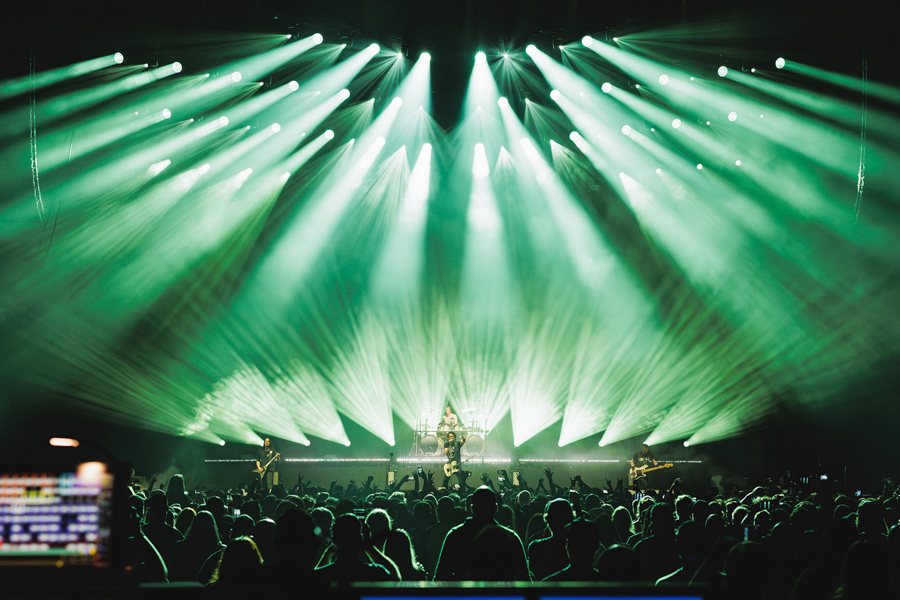

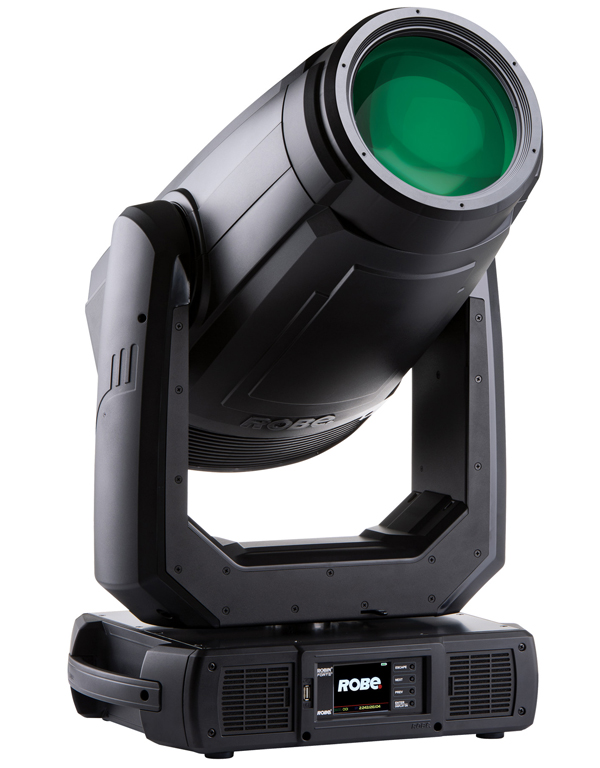
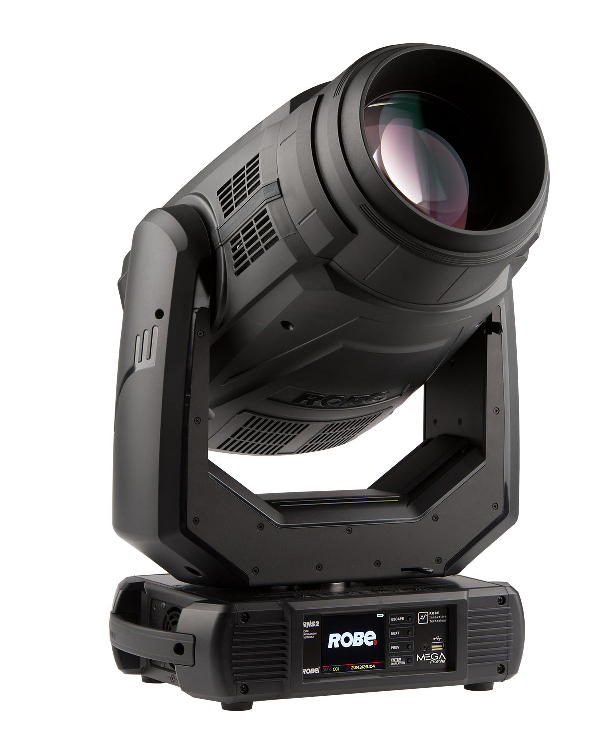
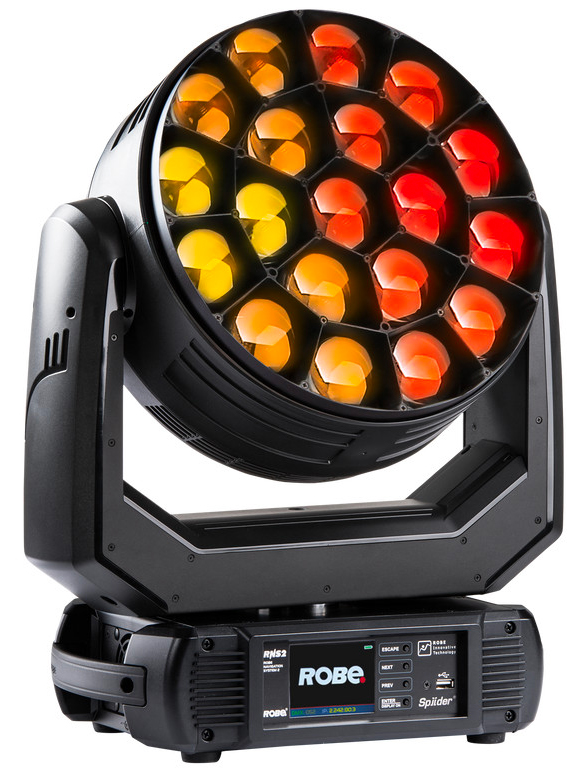

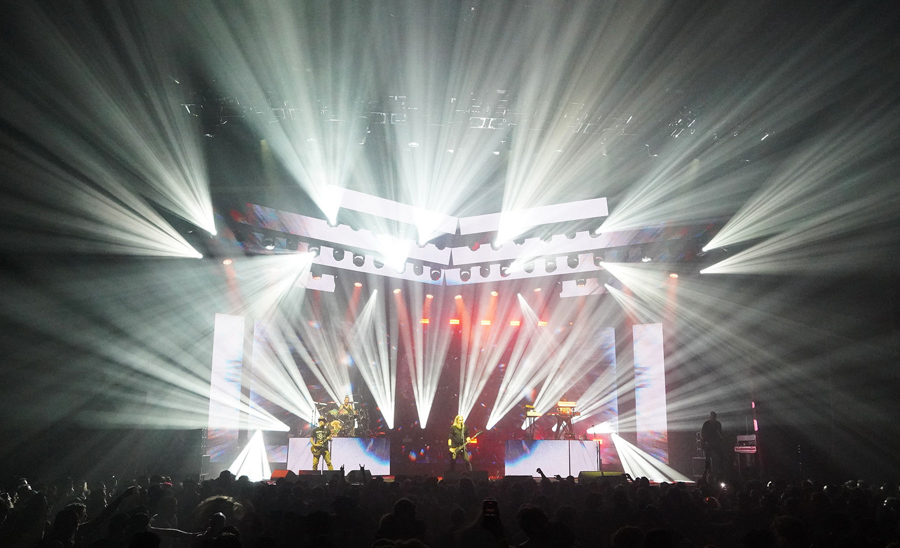
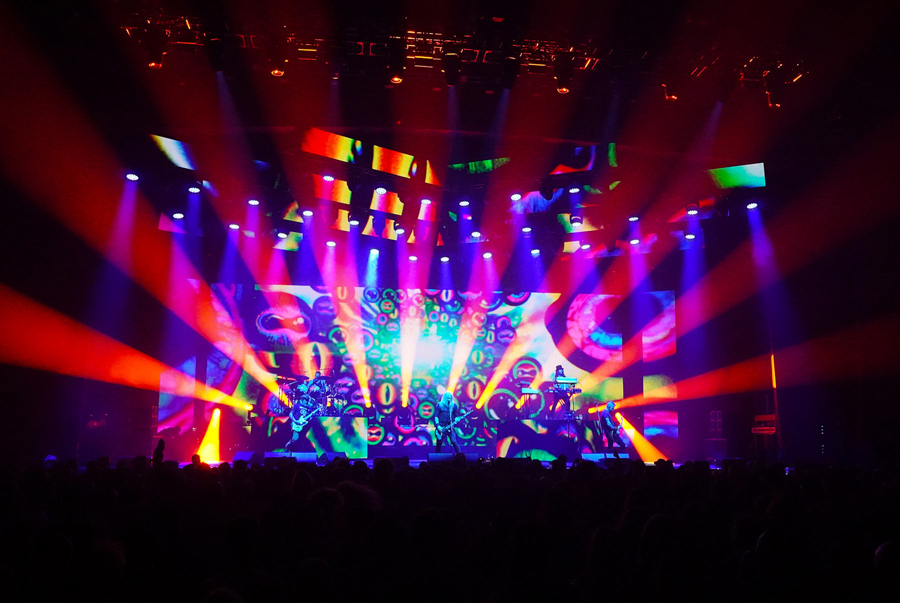
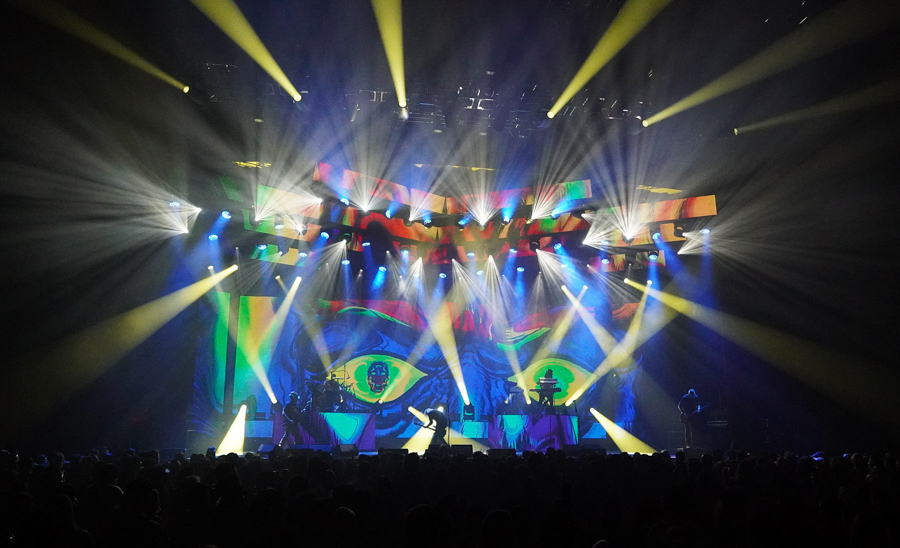
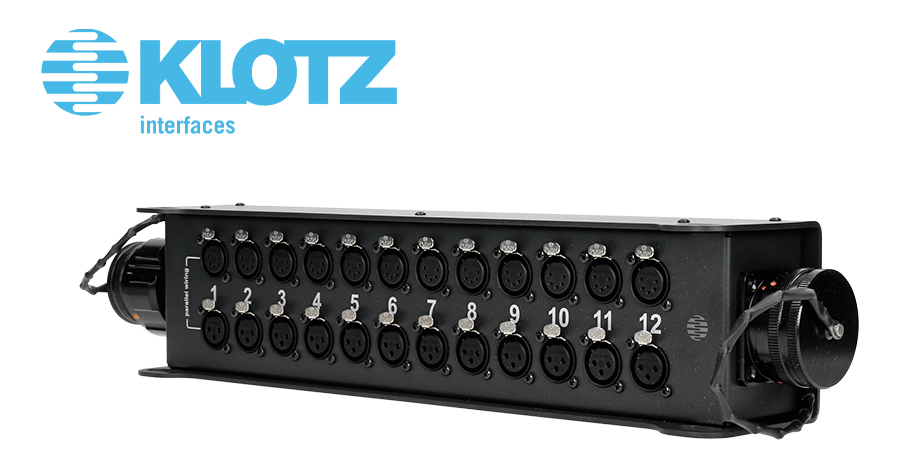

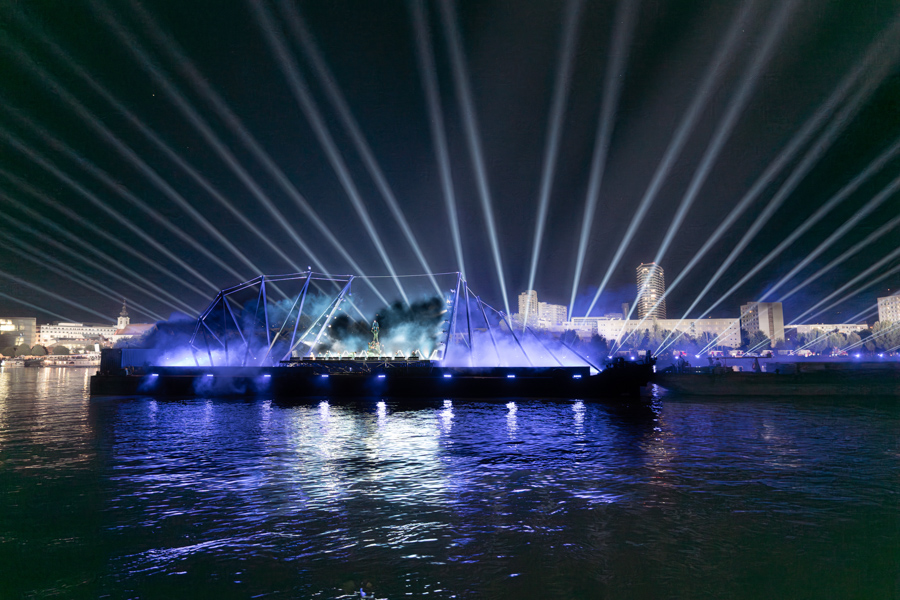
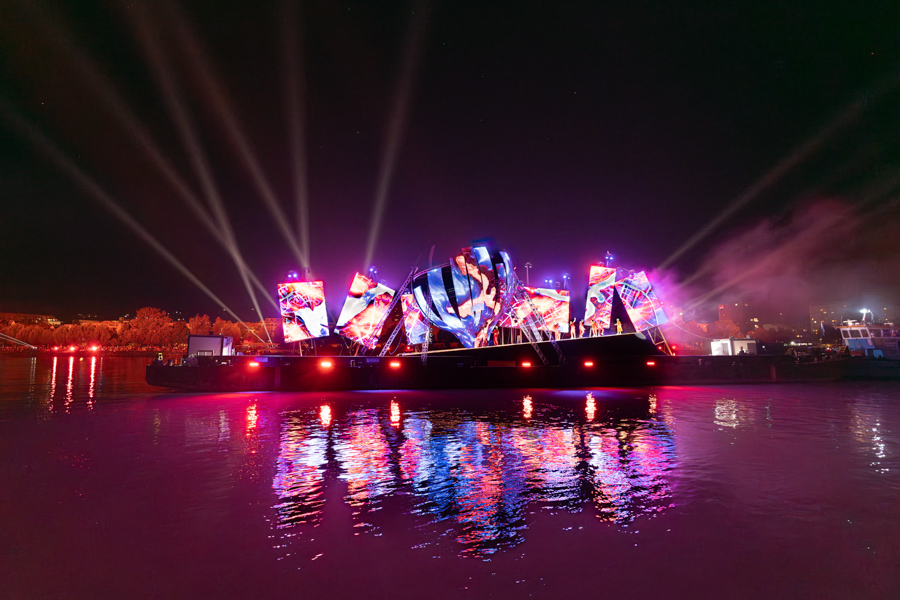

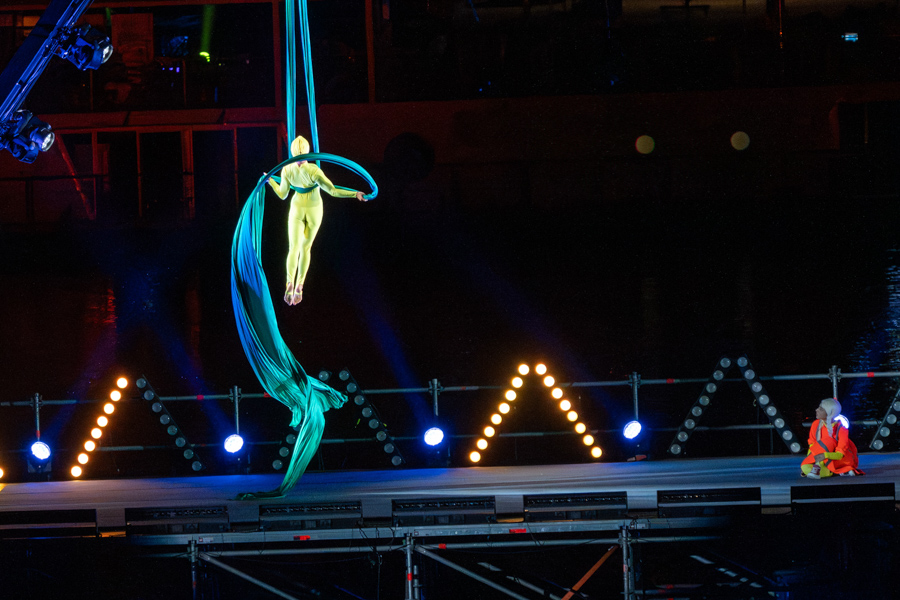

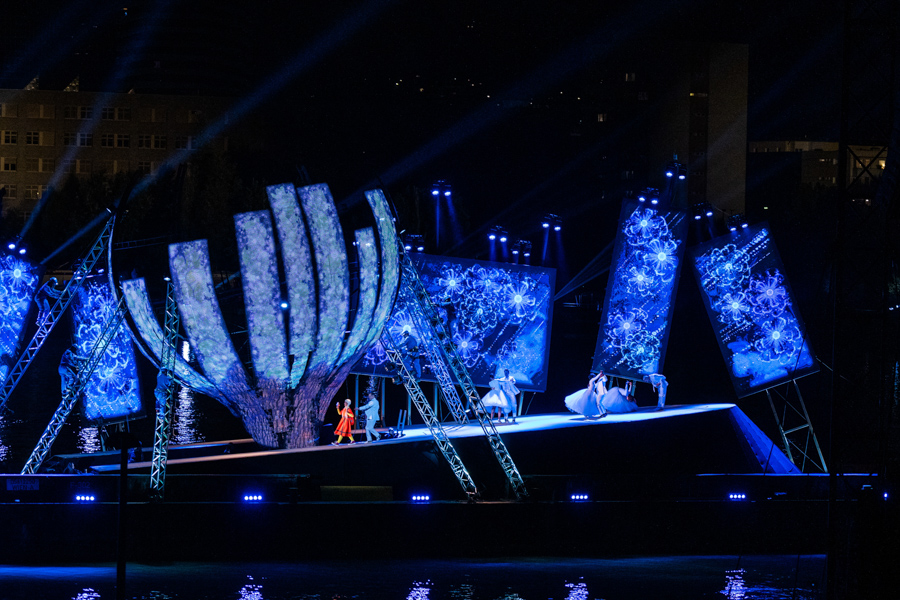
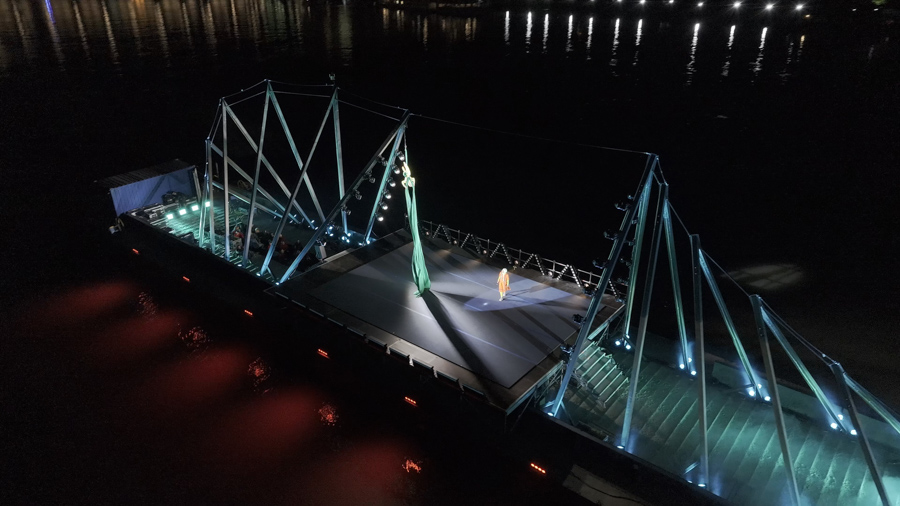
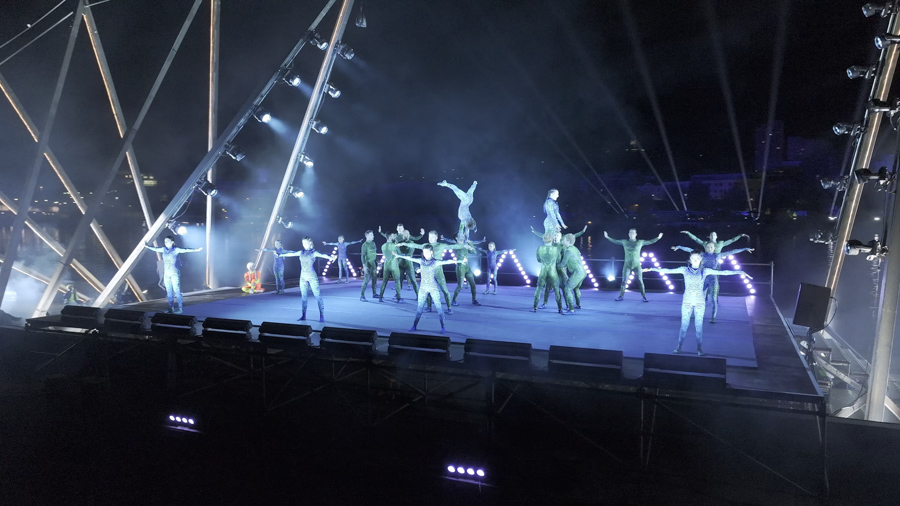
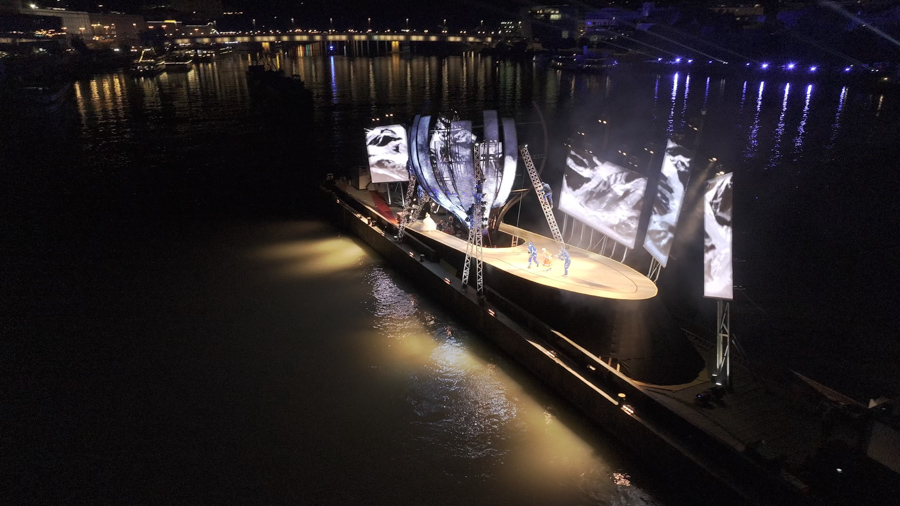

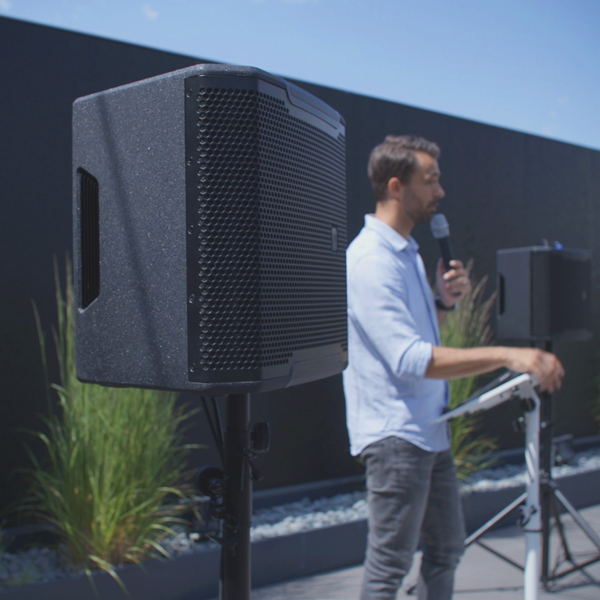
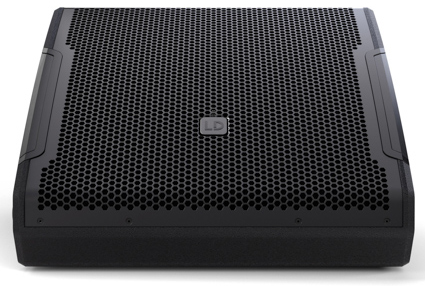
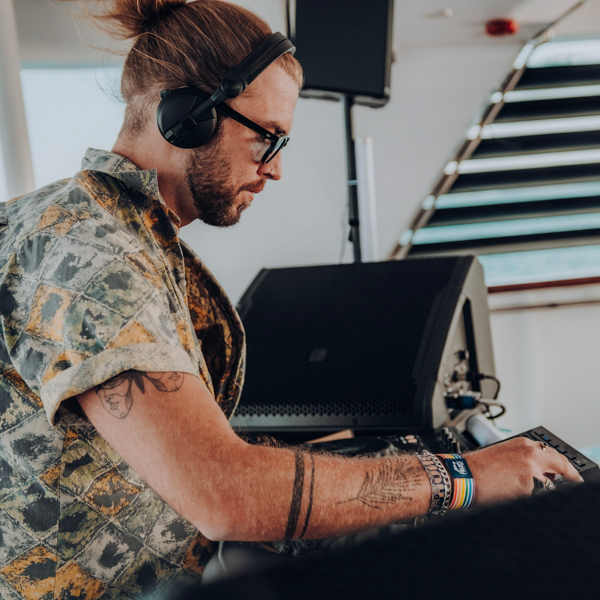
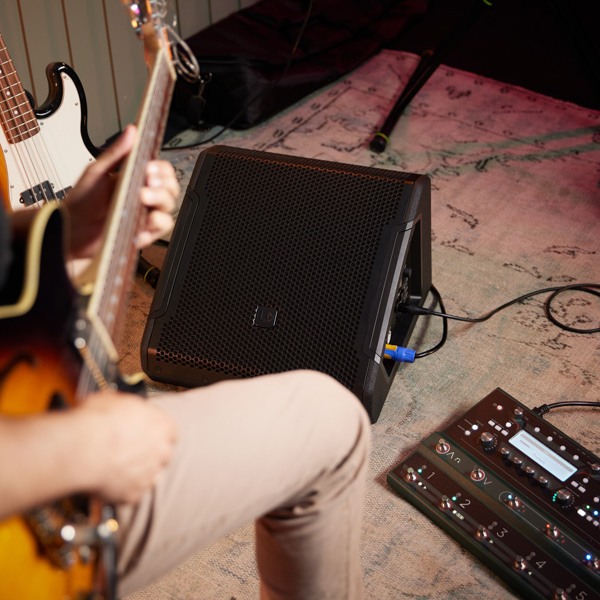
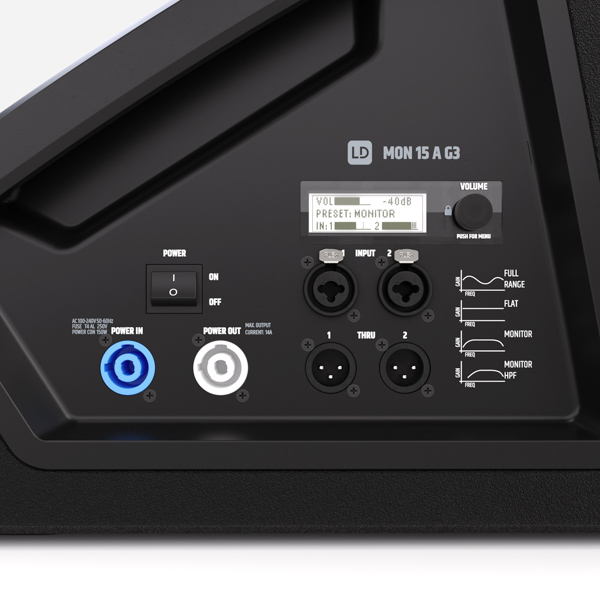
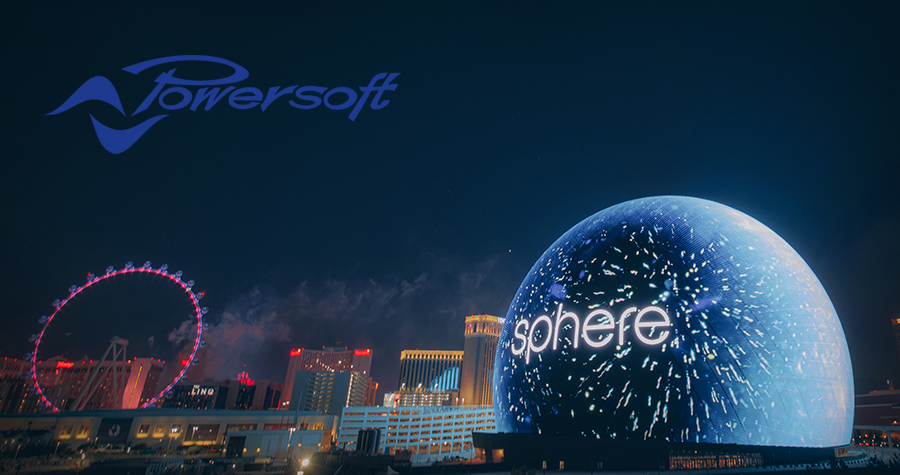
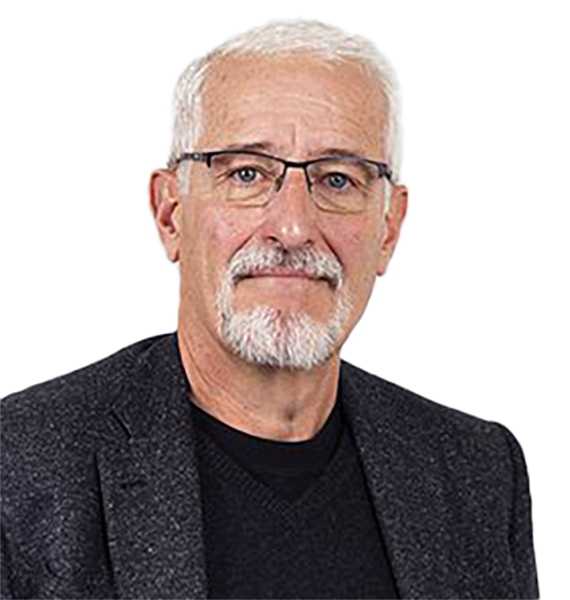
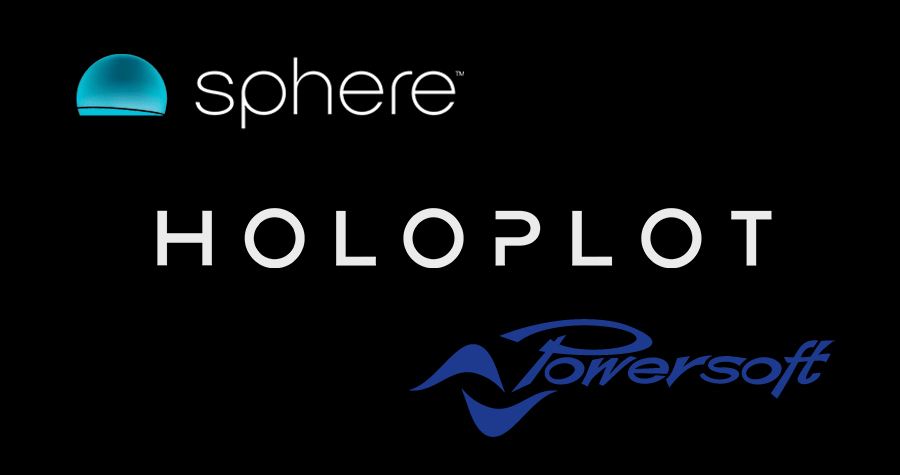

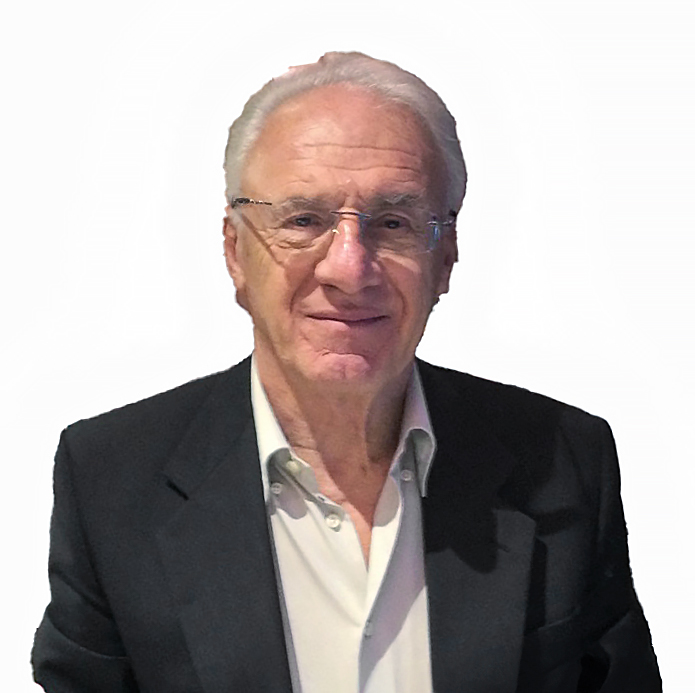
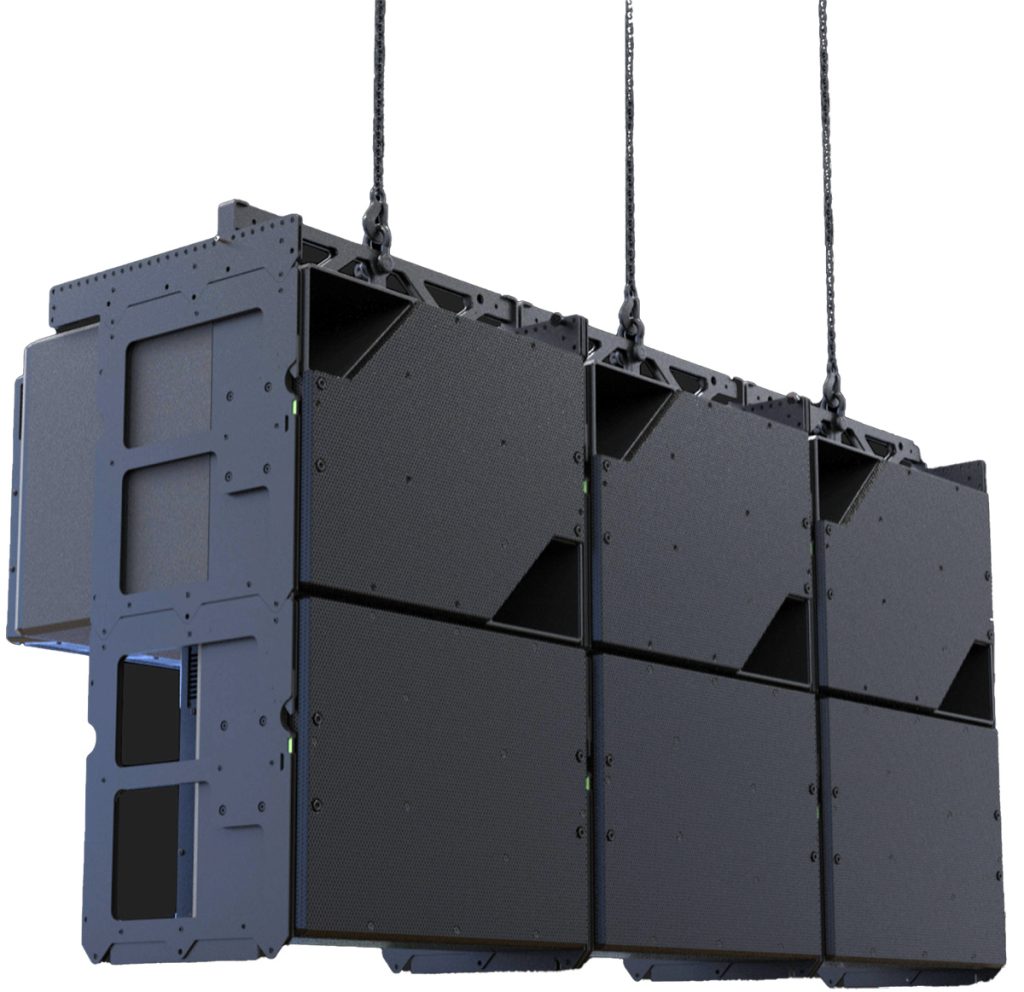
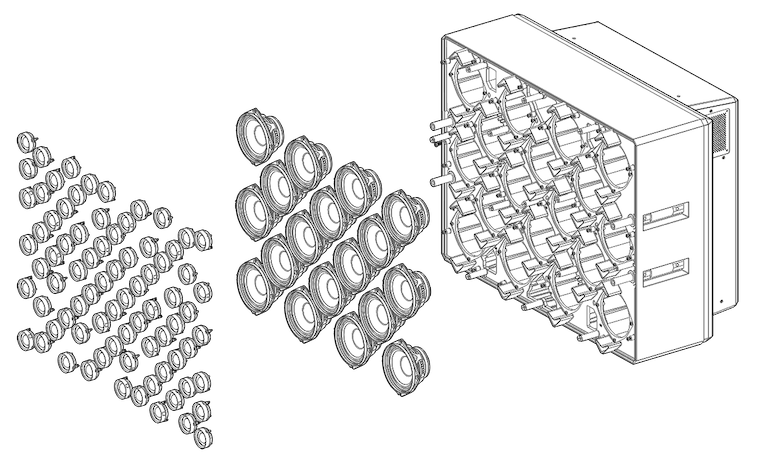
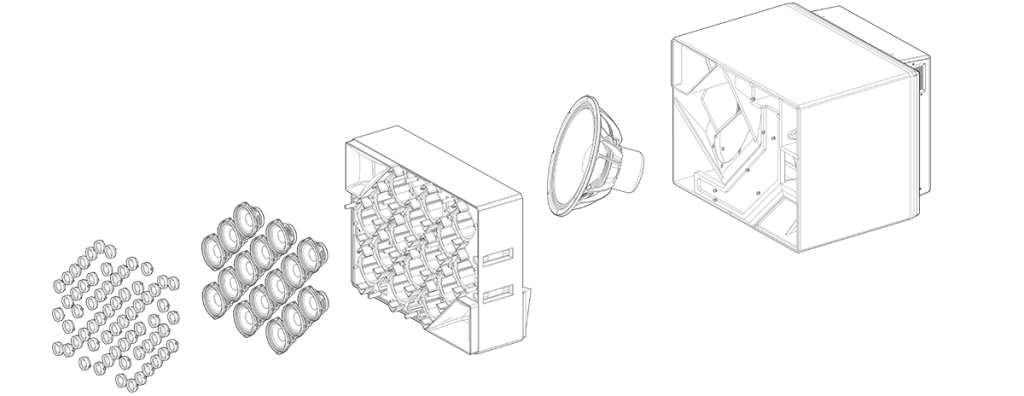
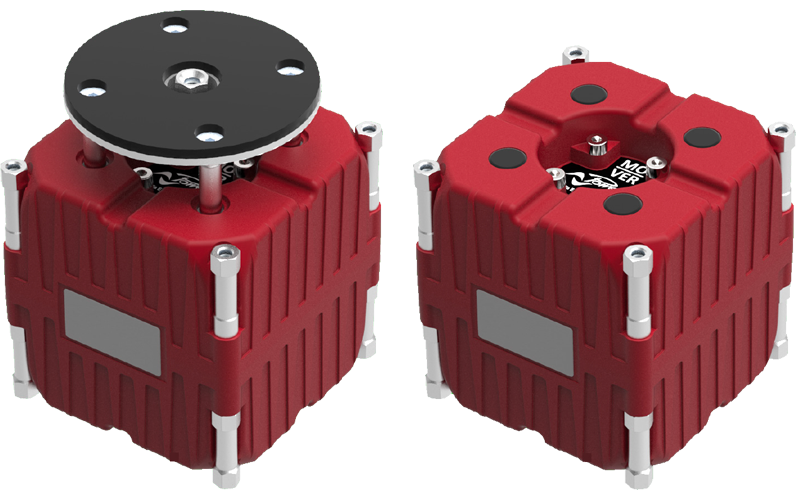

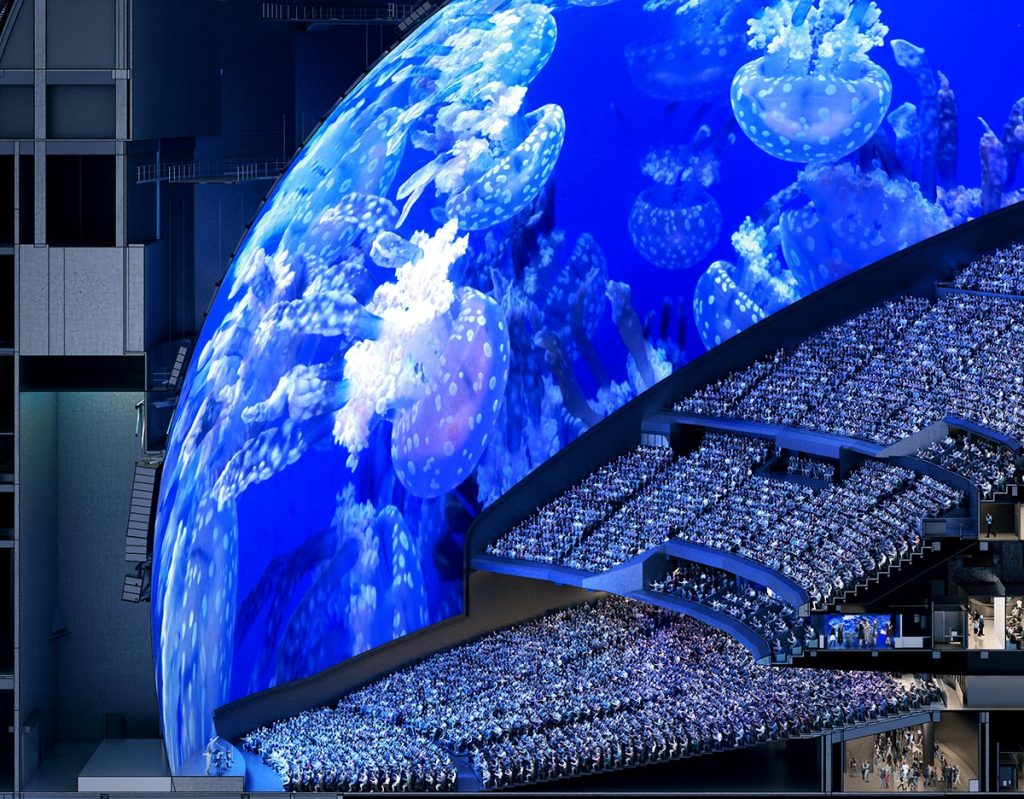
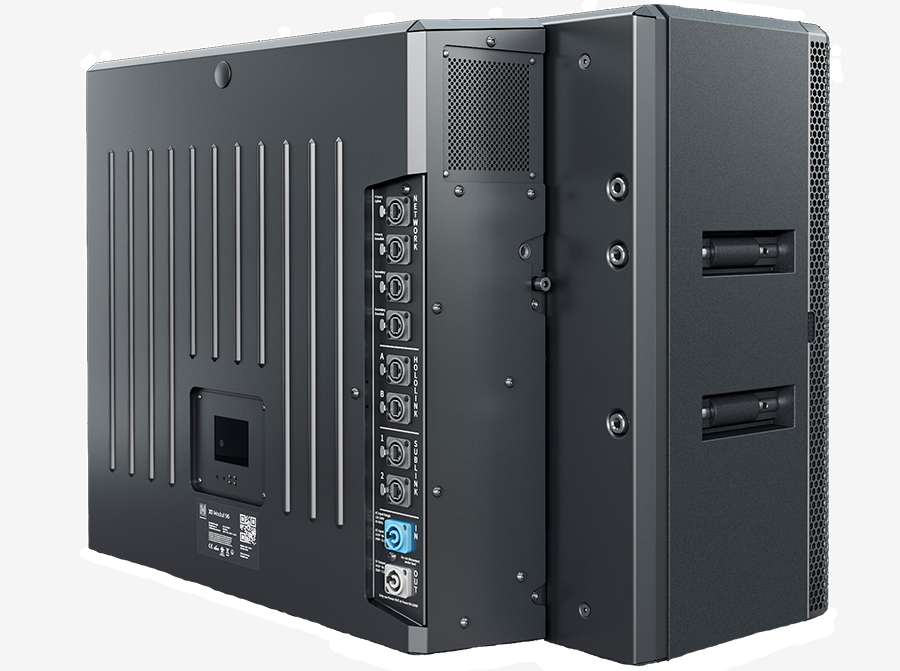
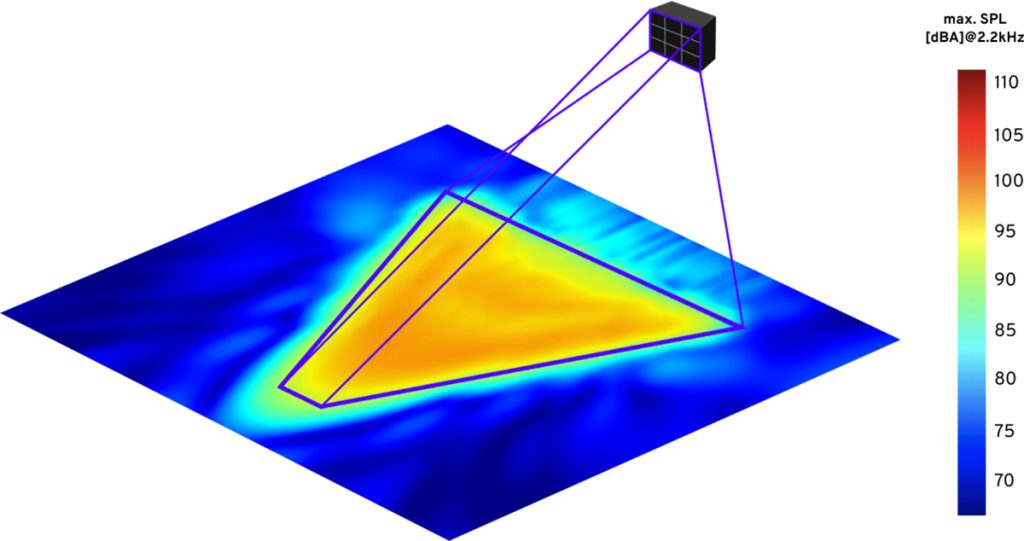
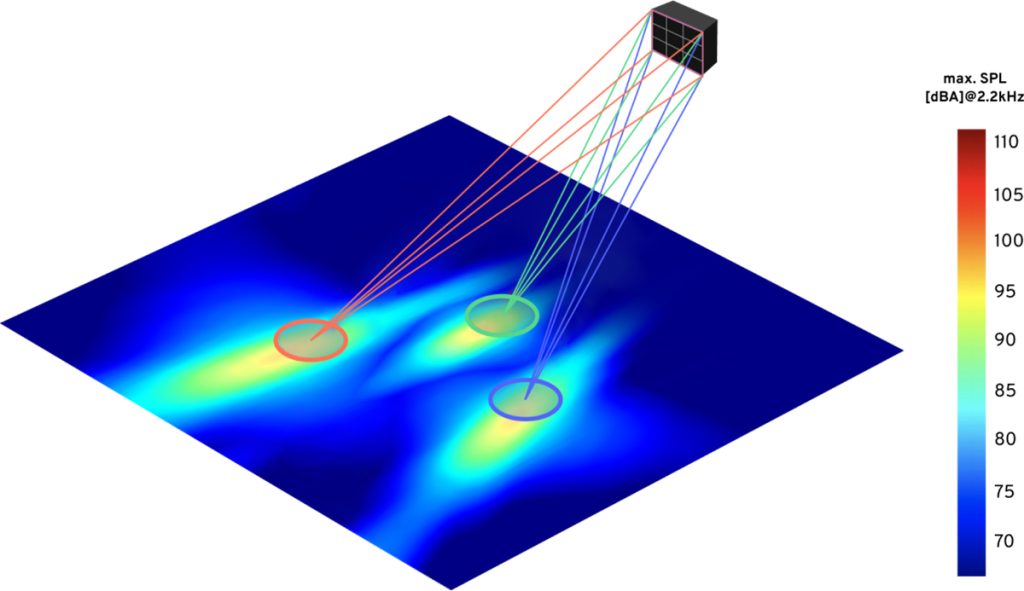
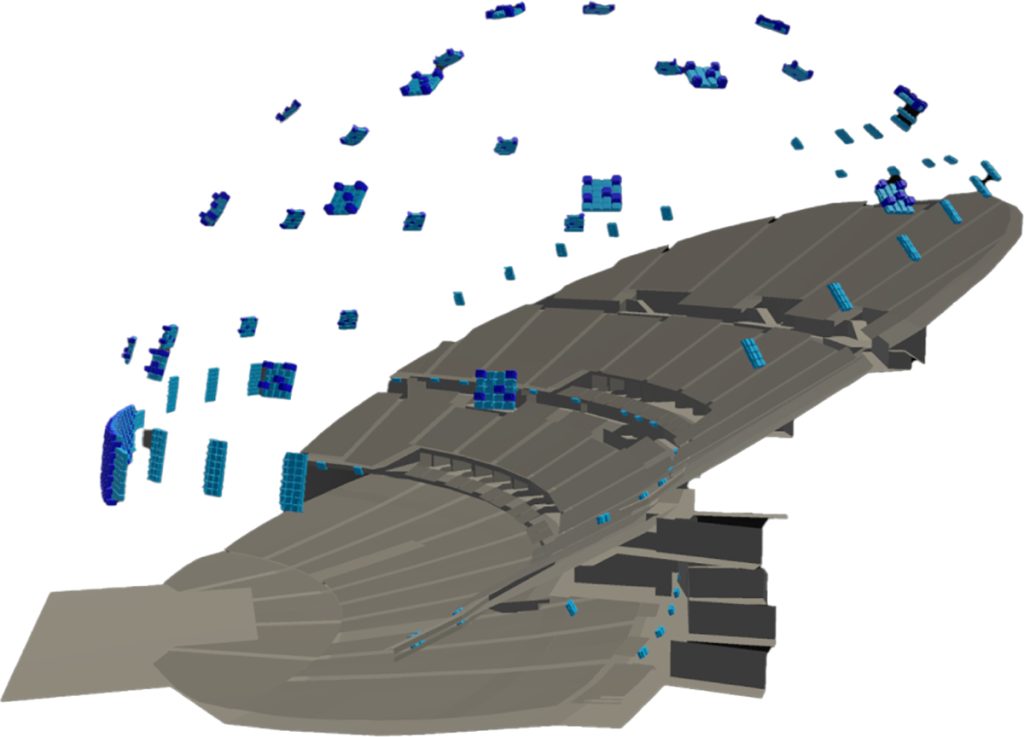
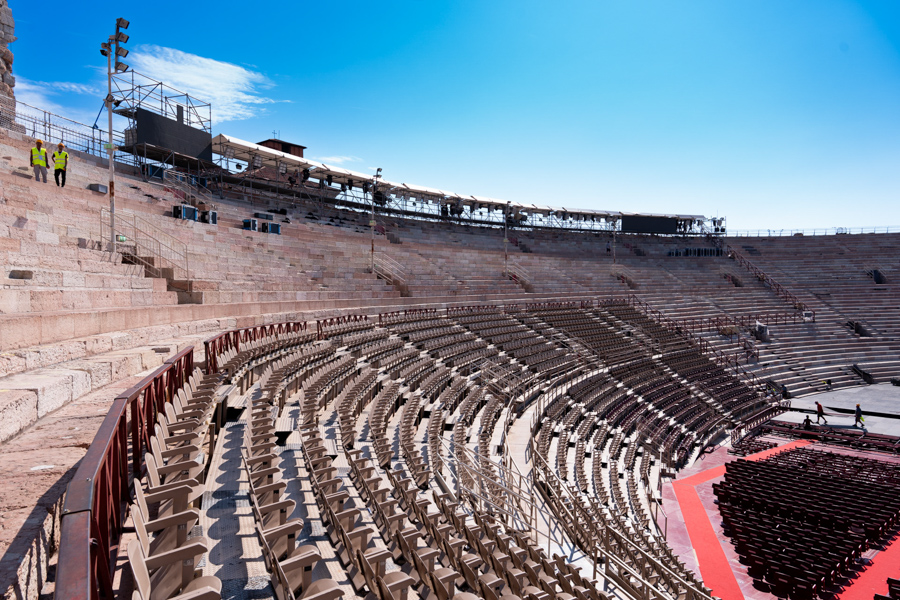
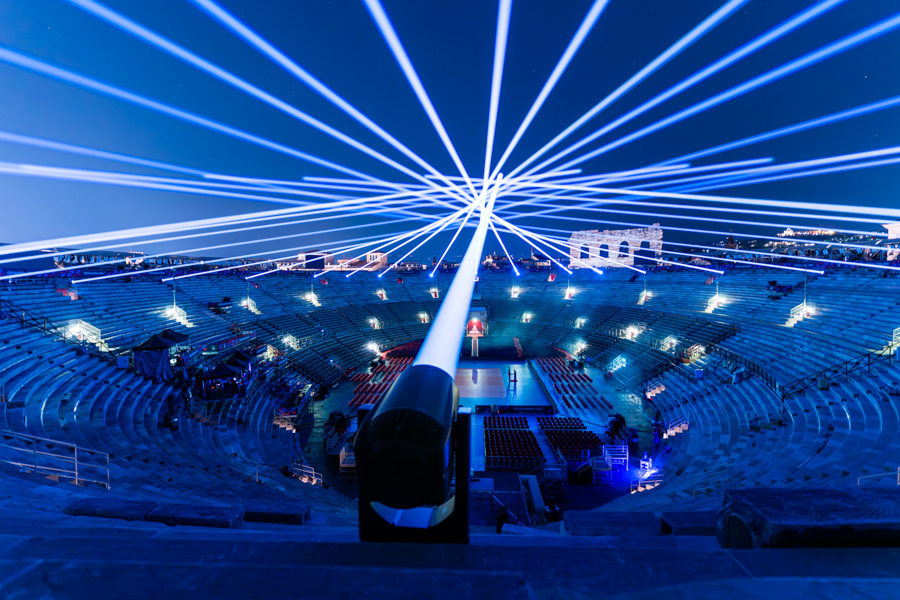
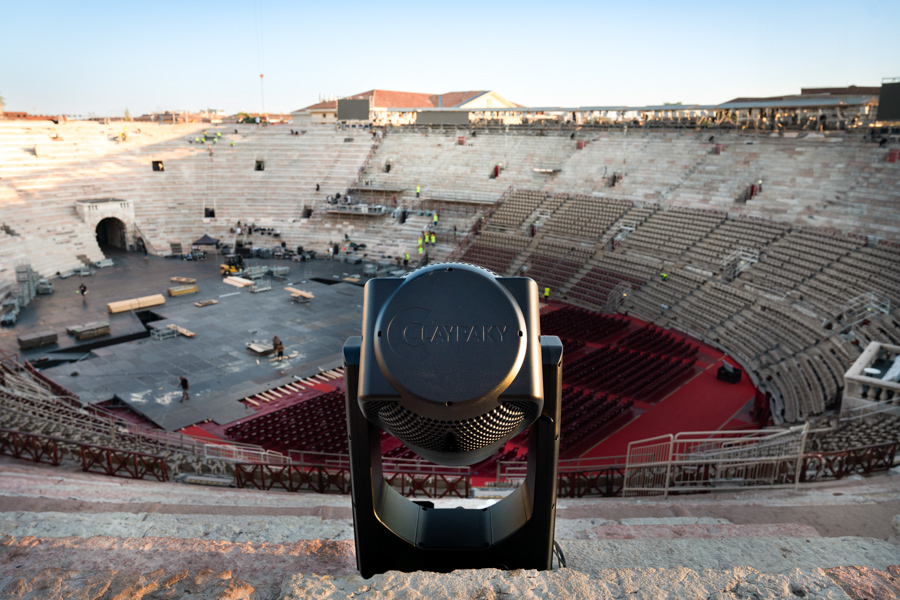
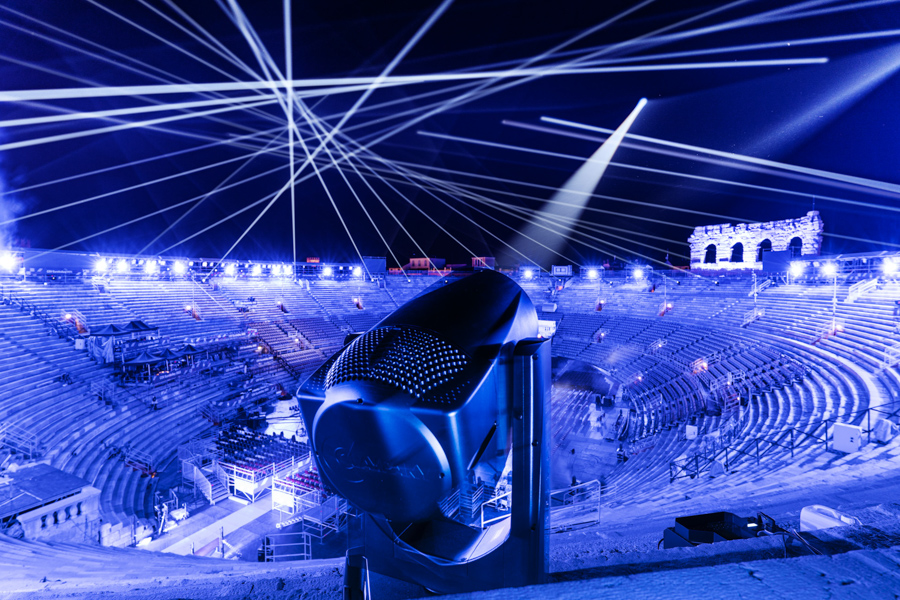

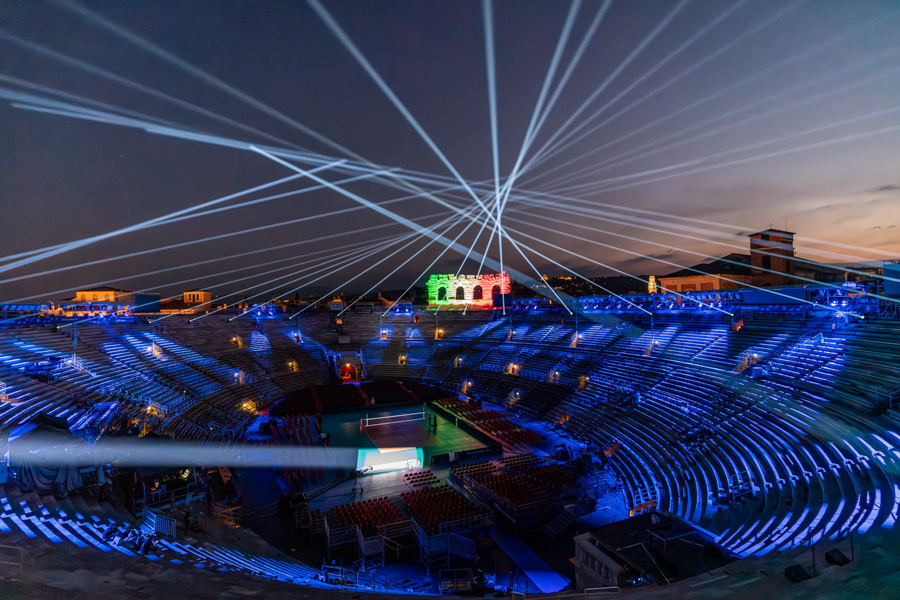




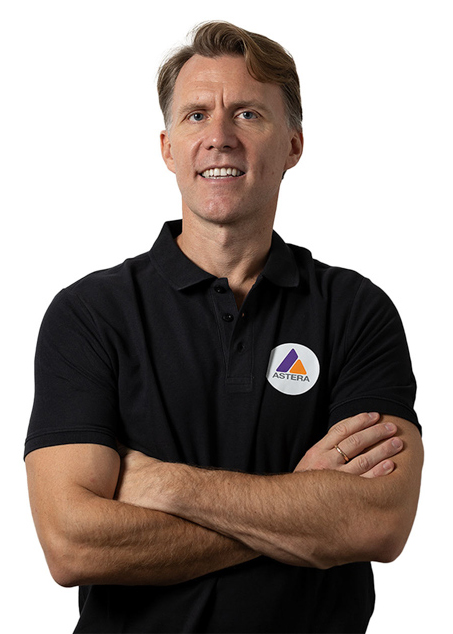
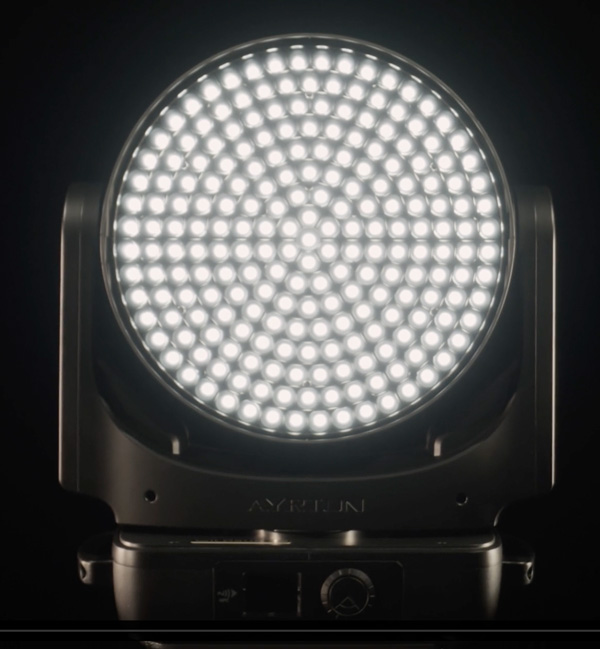
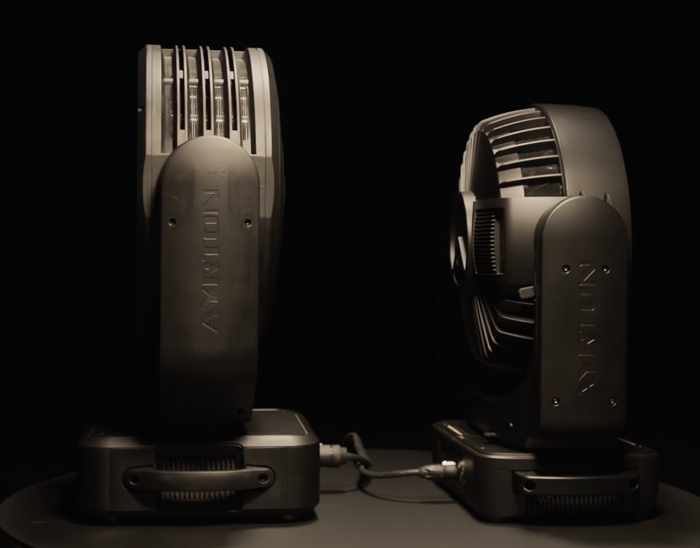


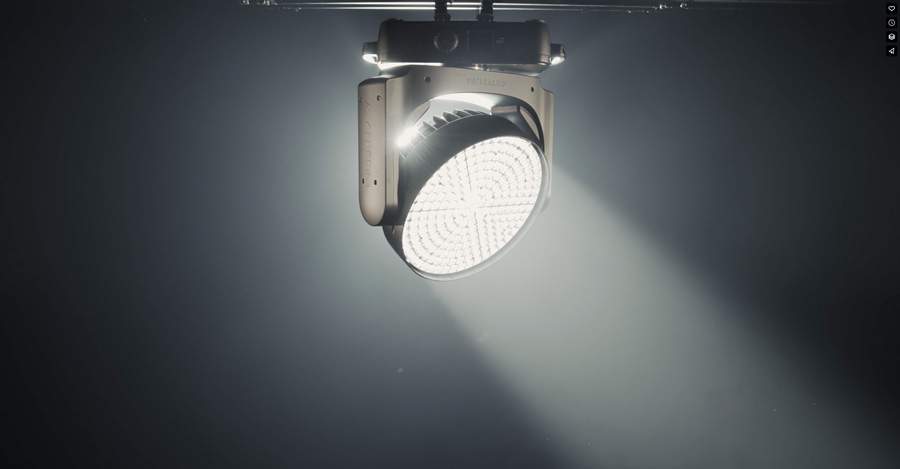
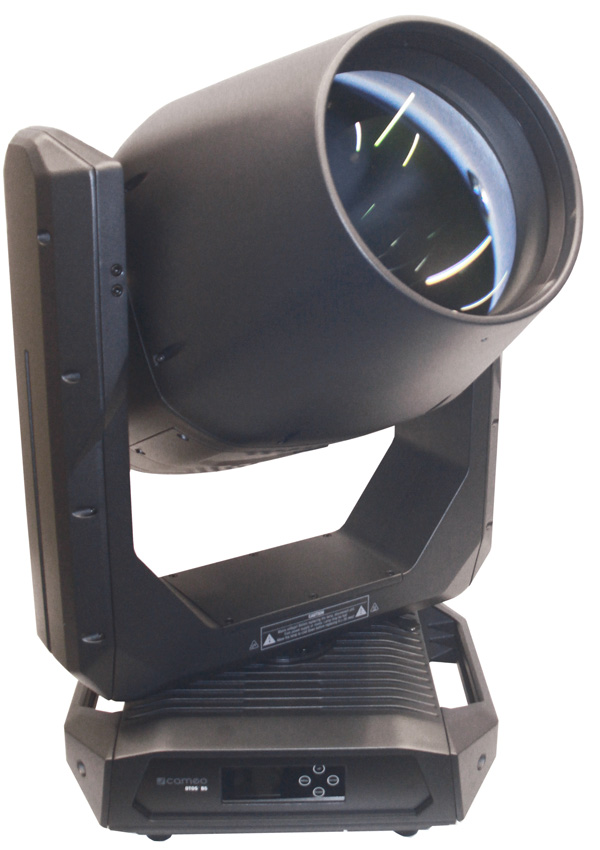
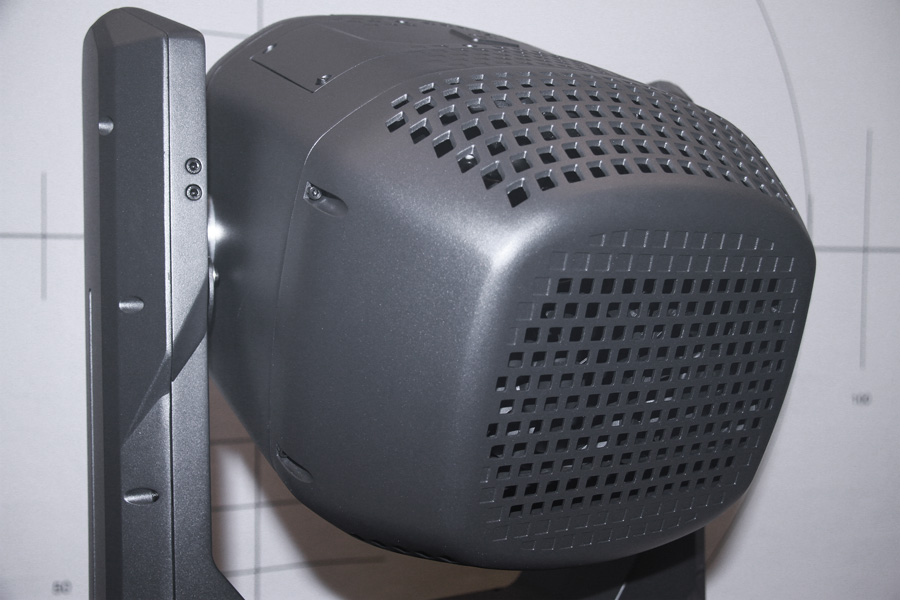
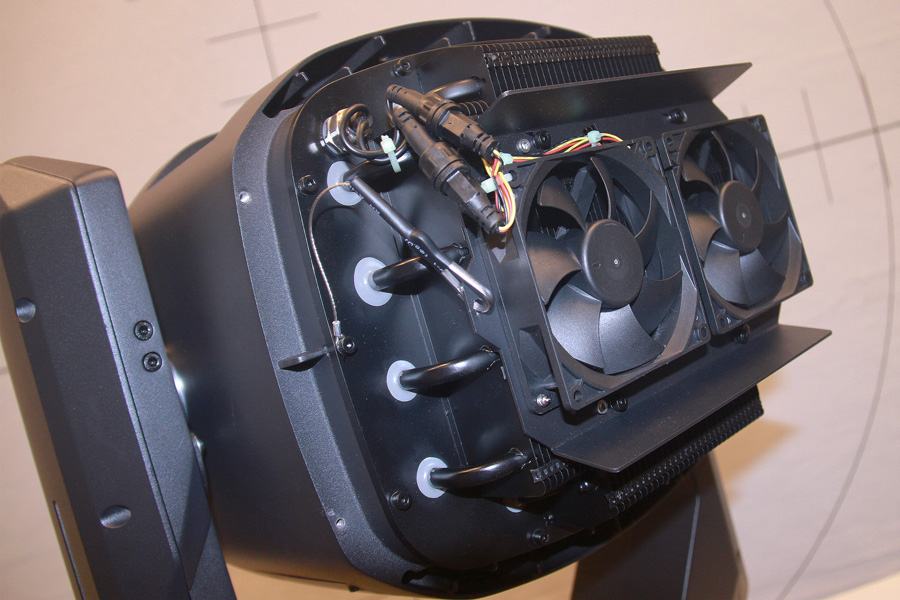
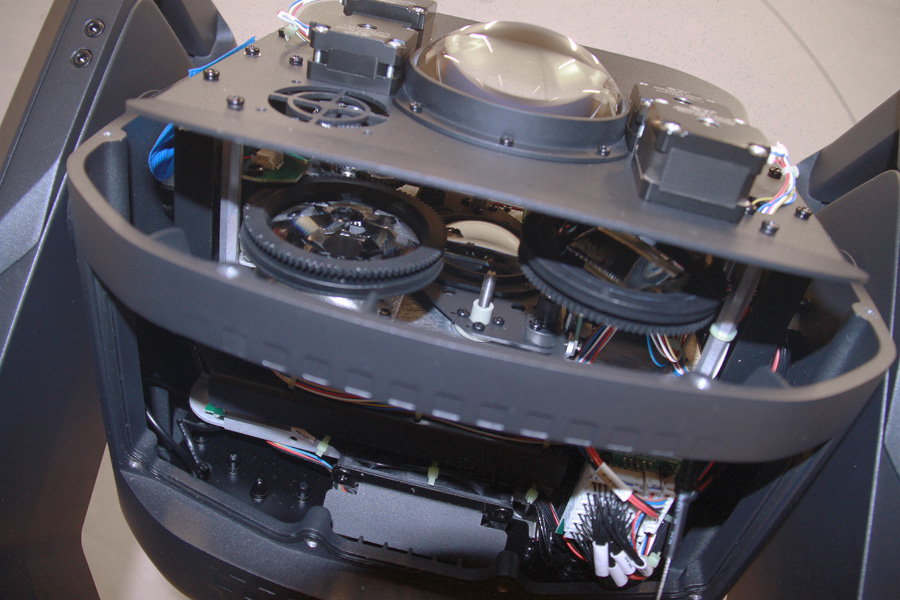
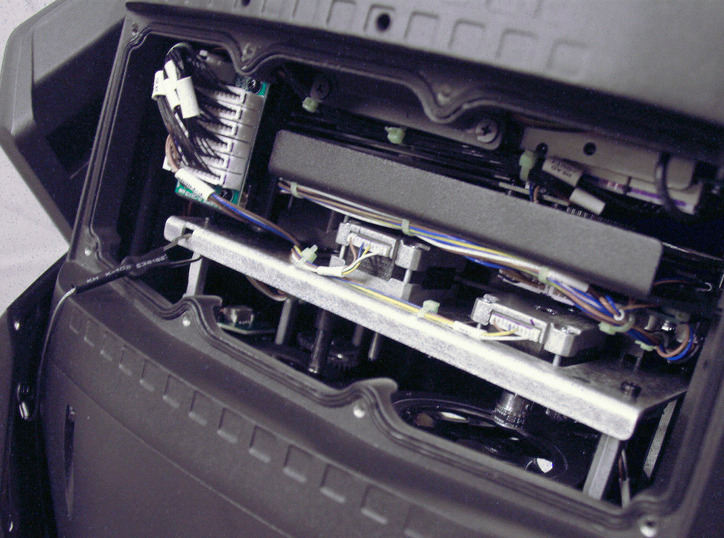
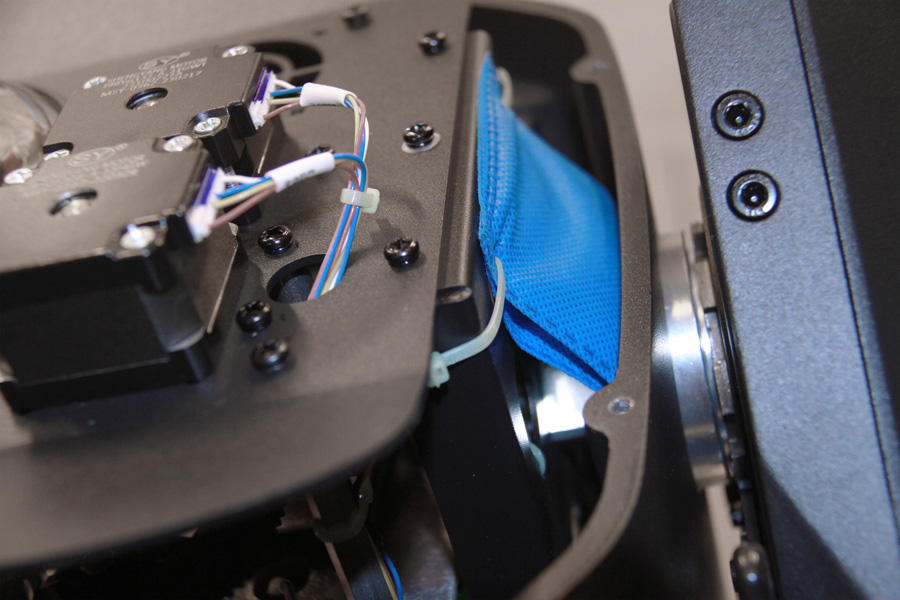
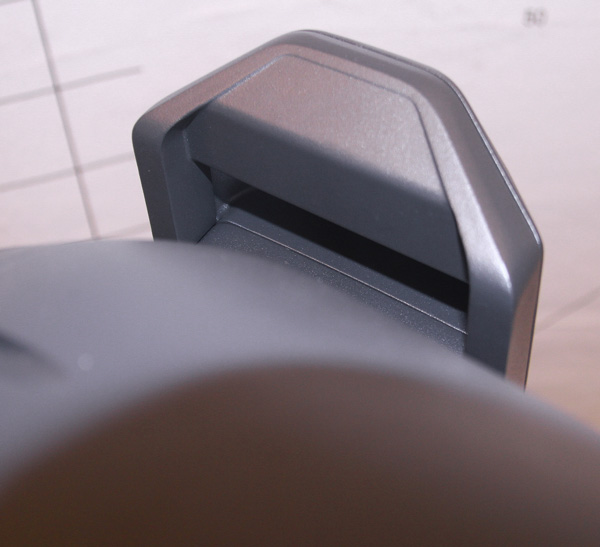
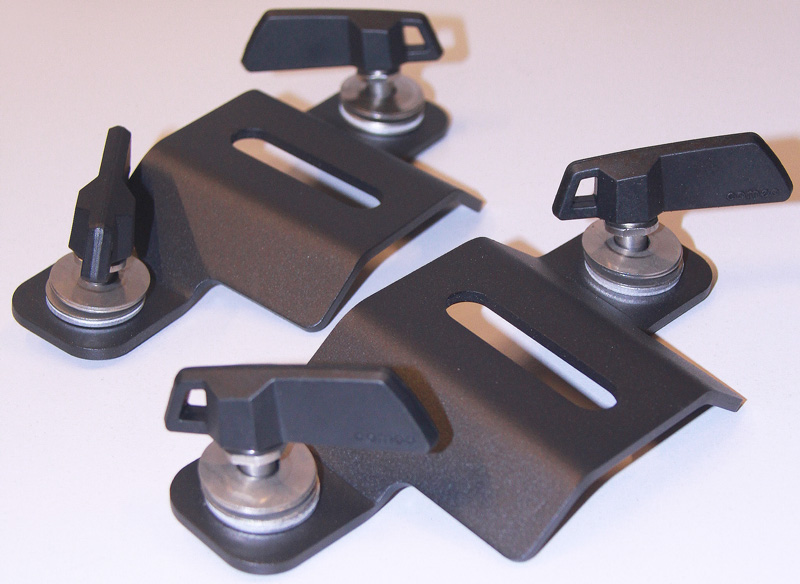
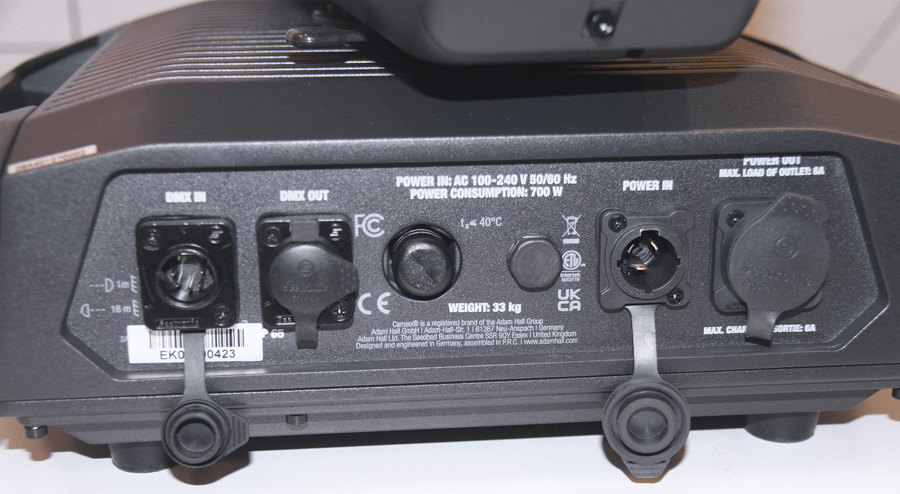
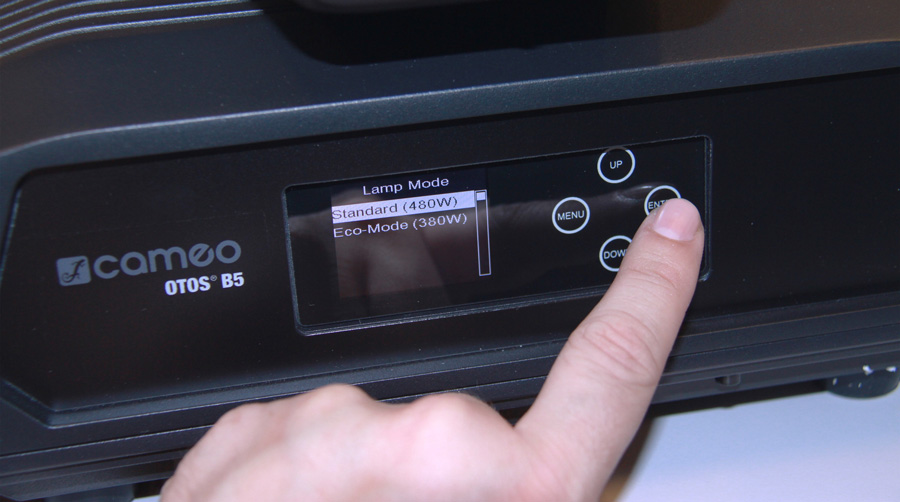
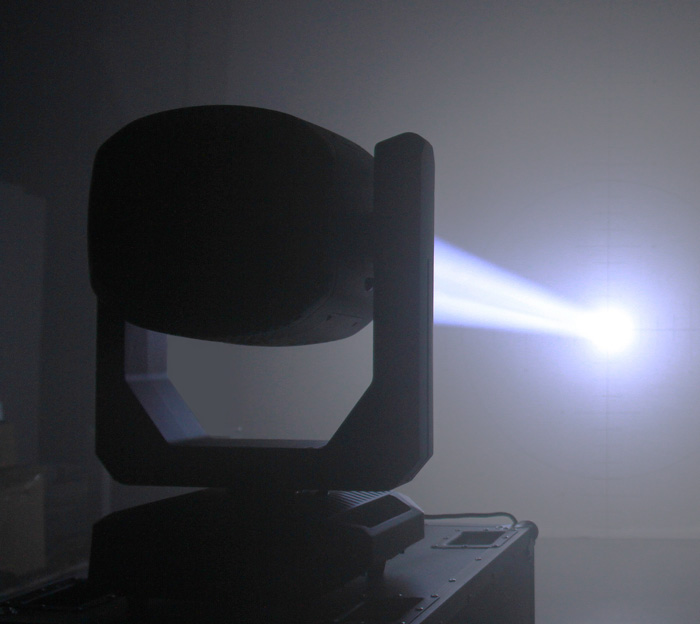






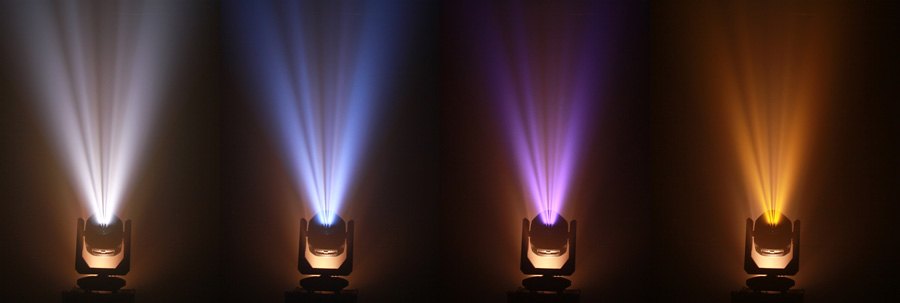
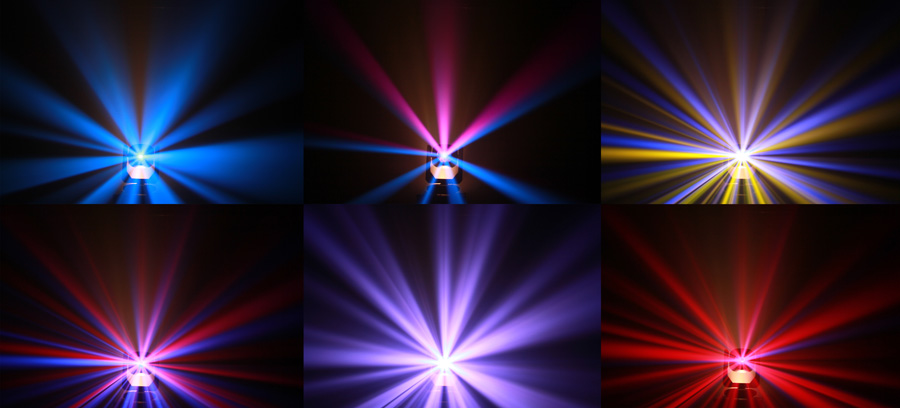
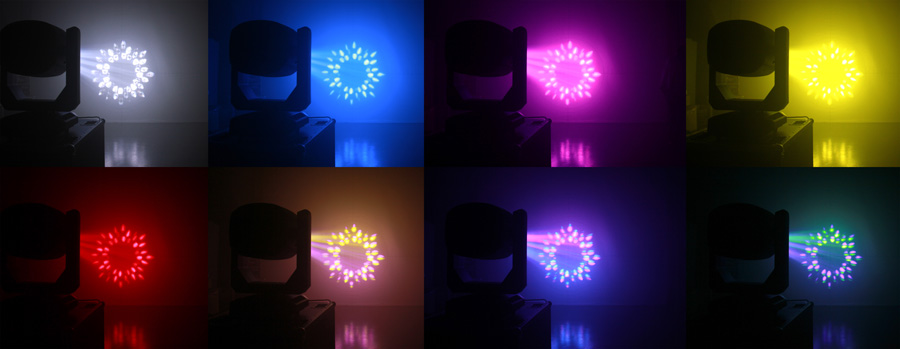
 What we like:
What we like: On regrette :
On regrette :